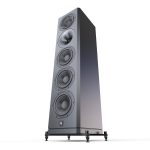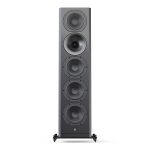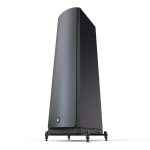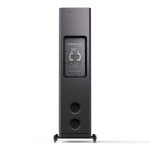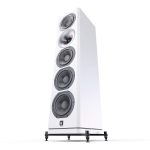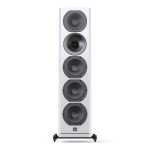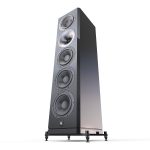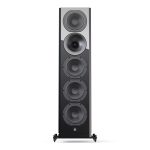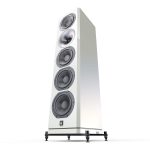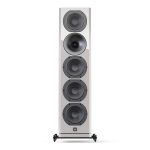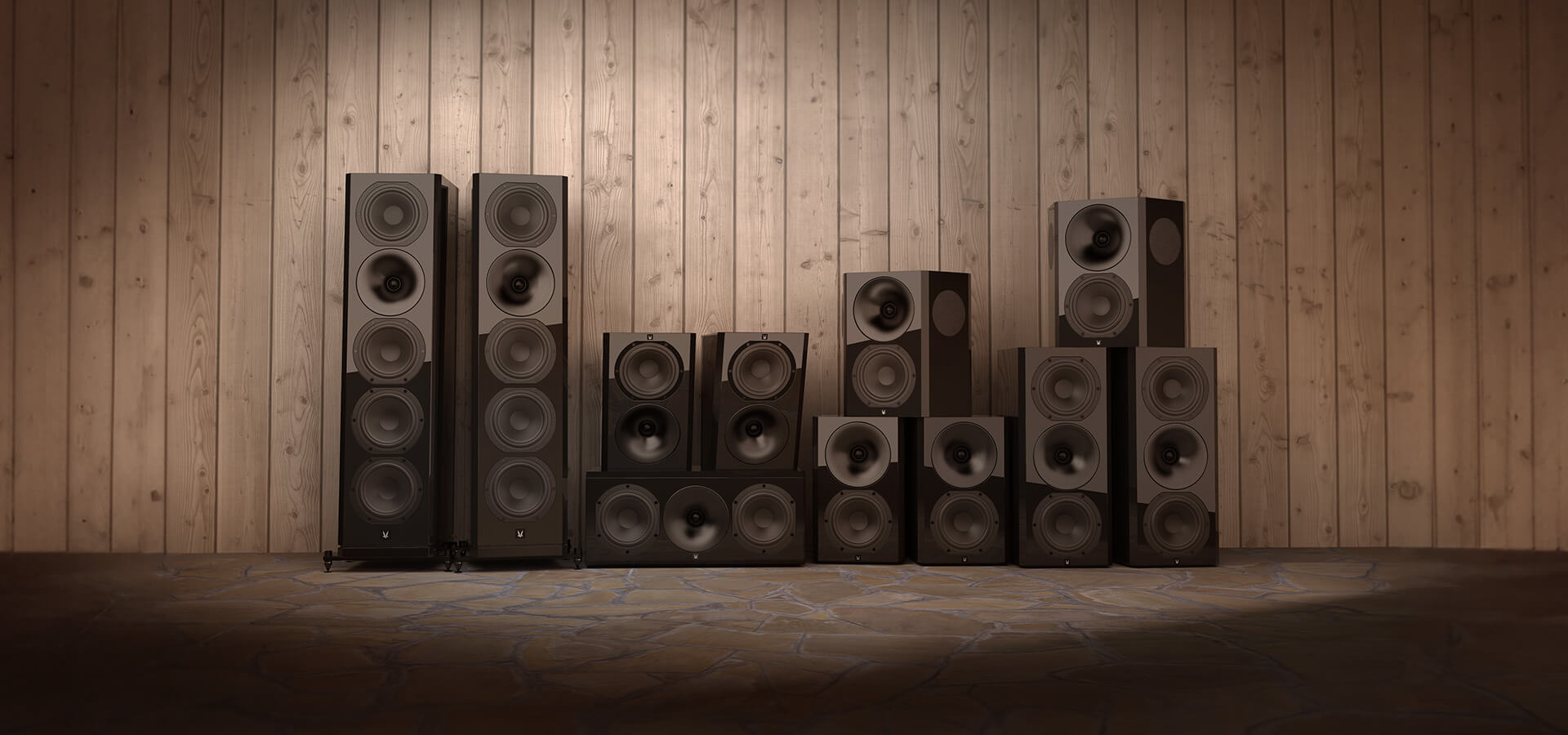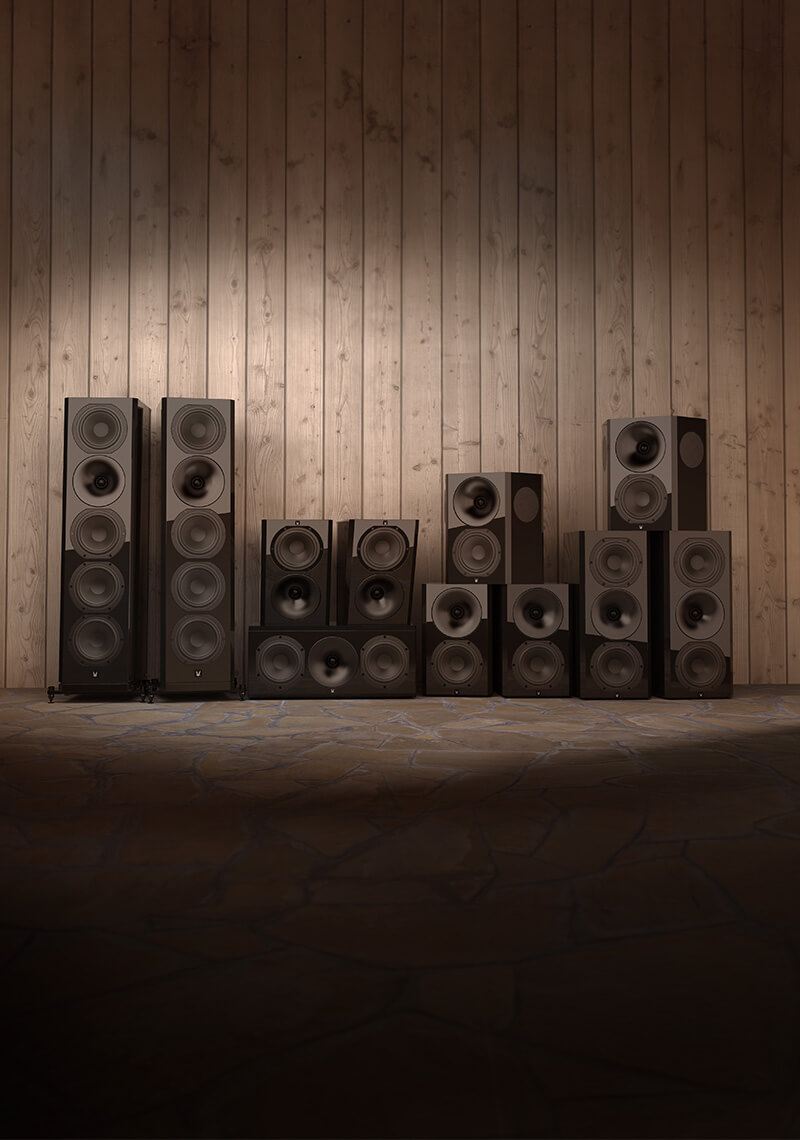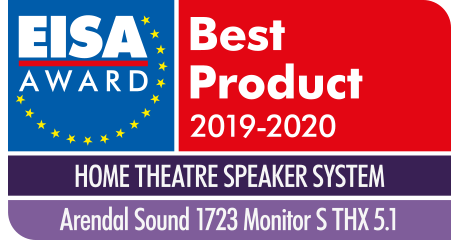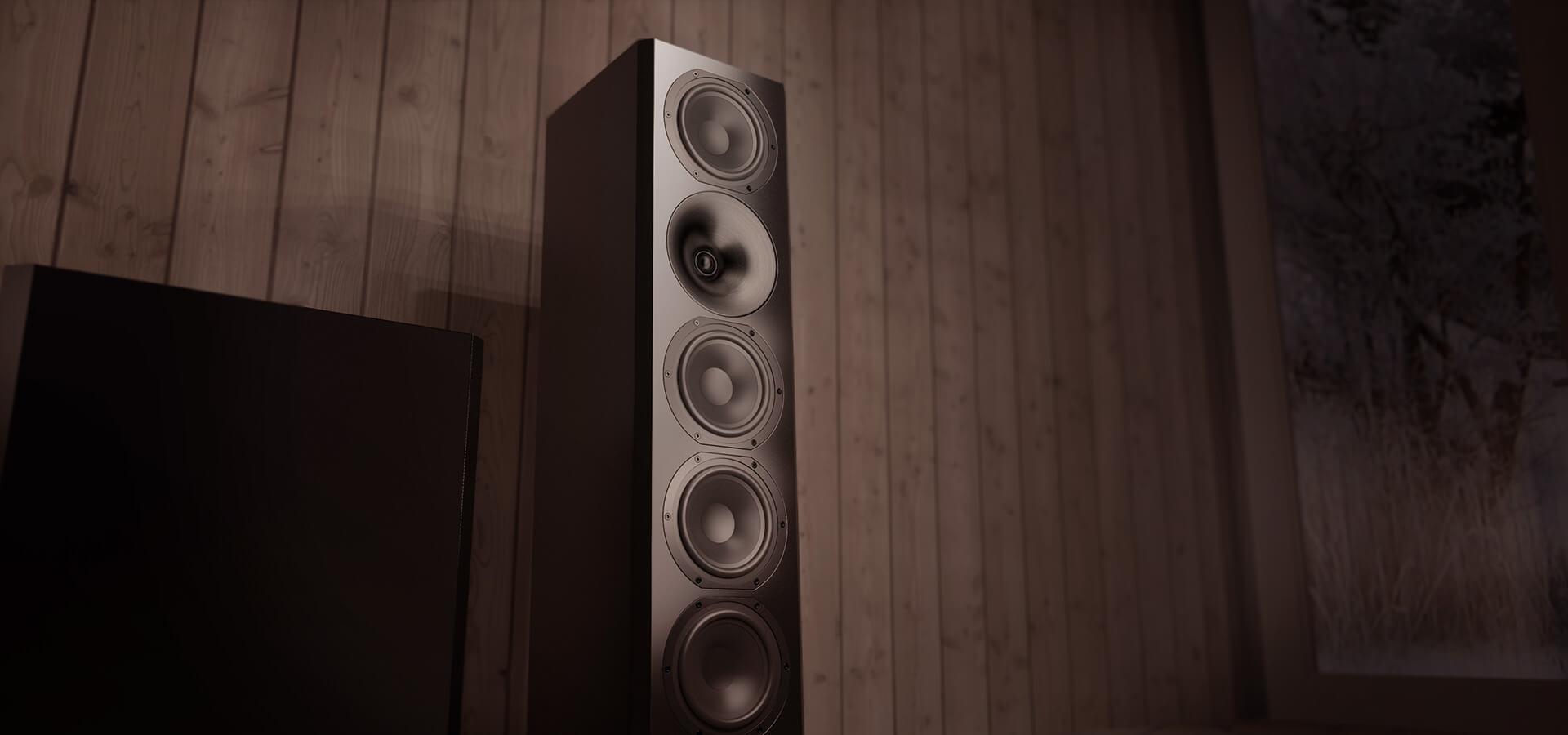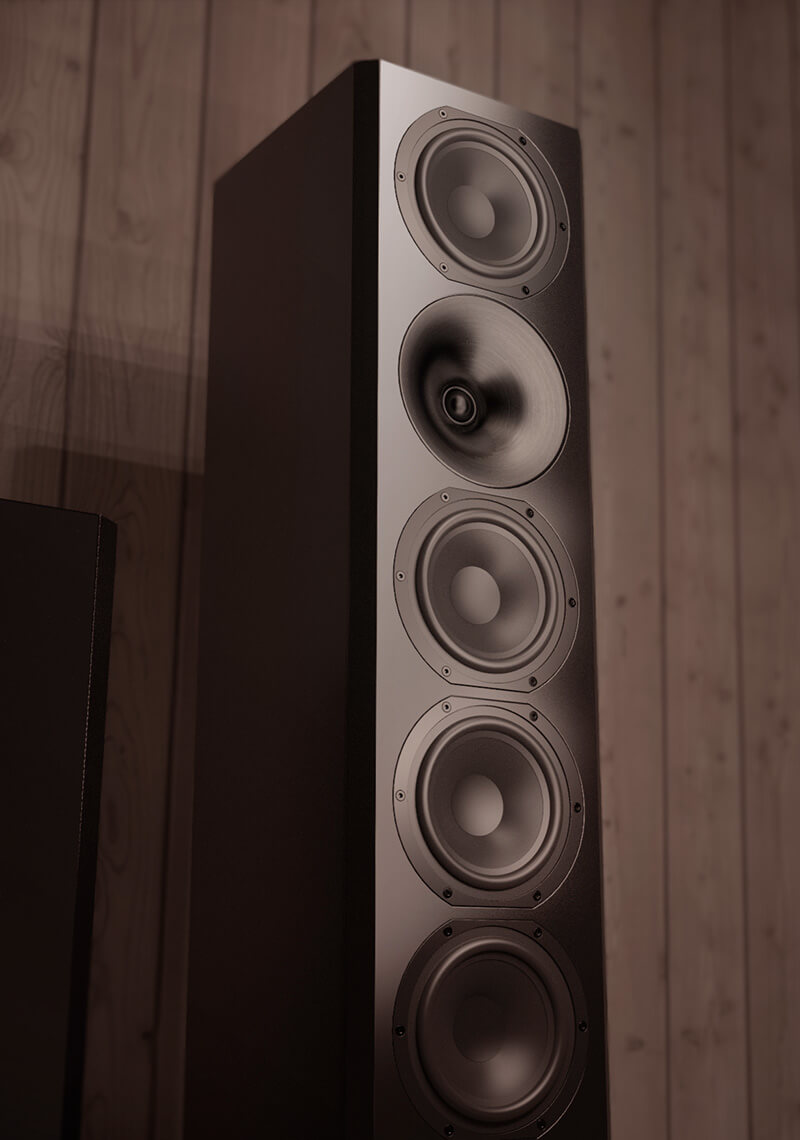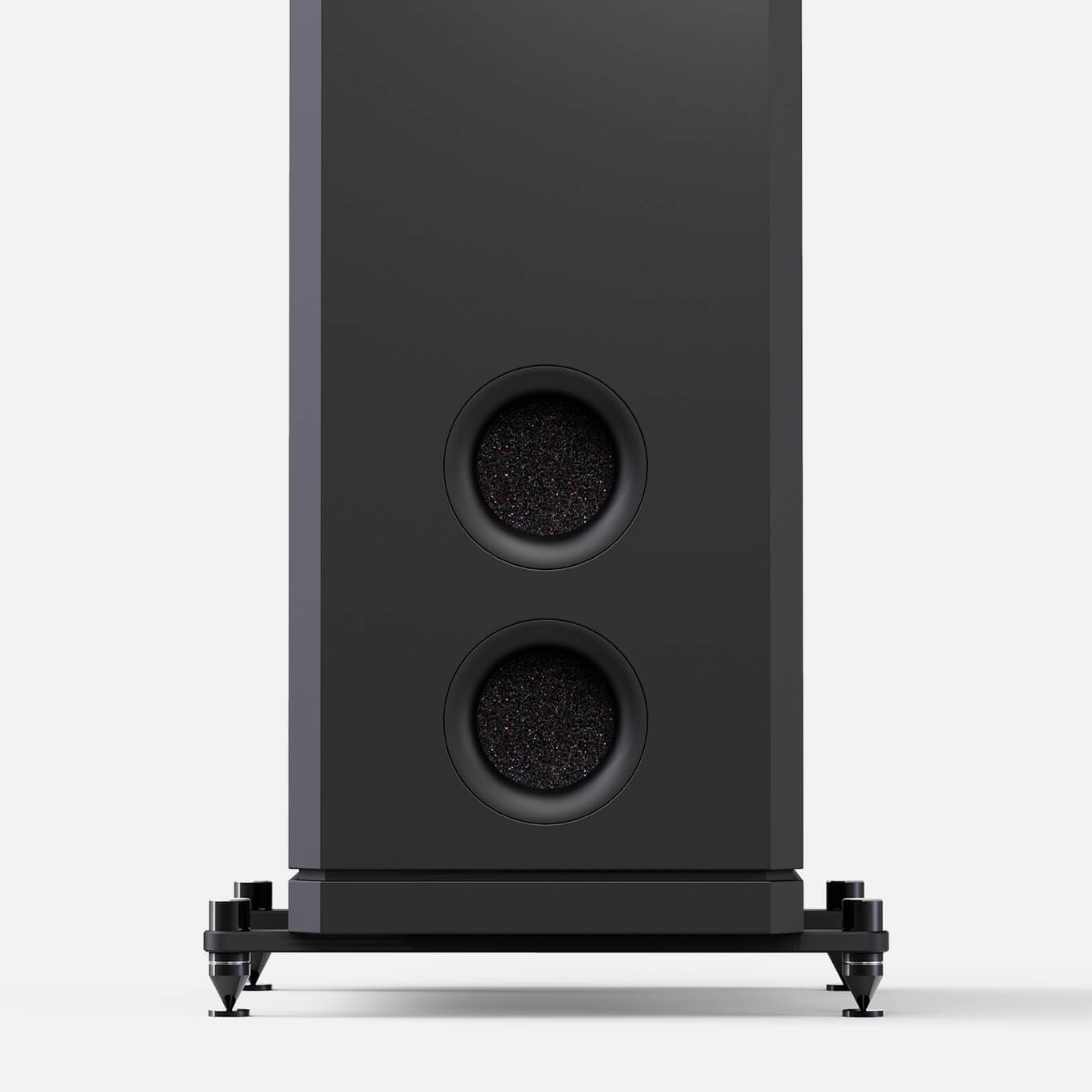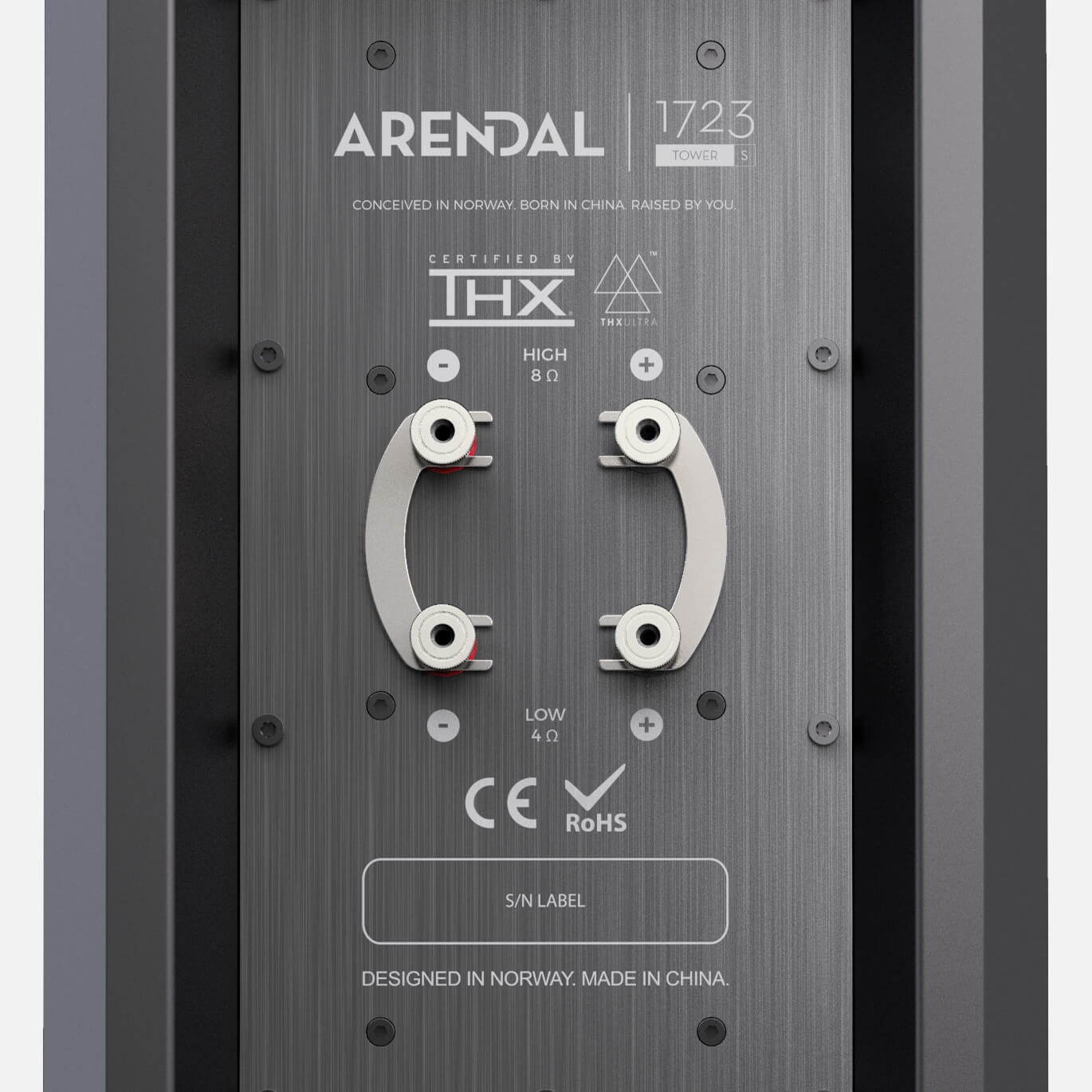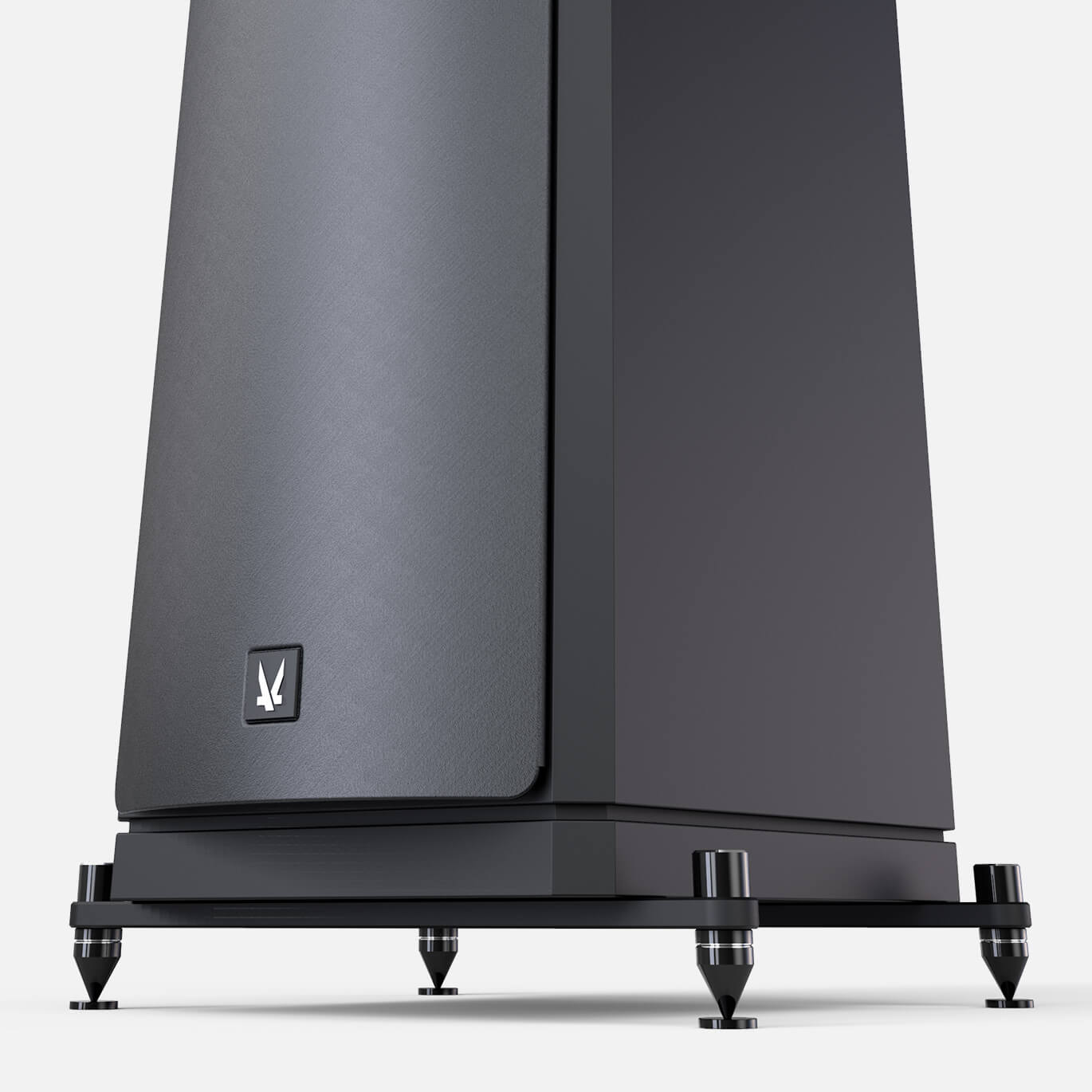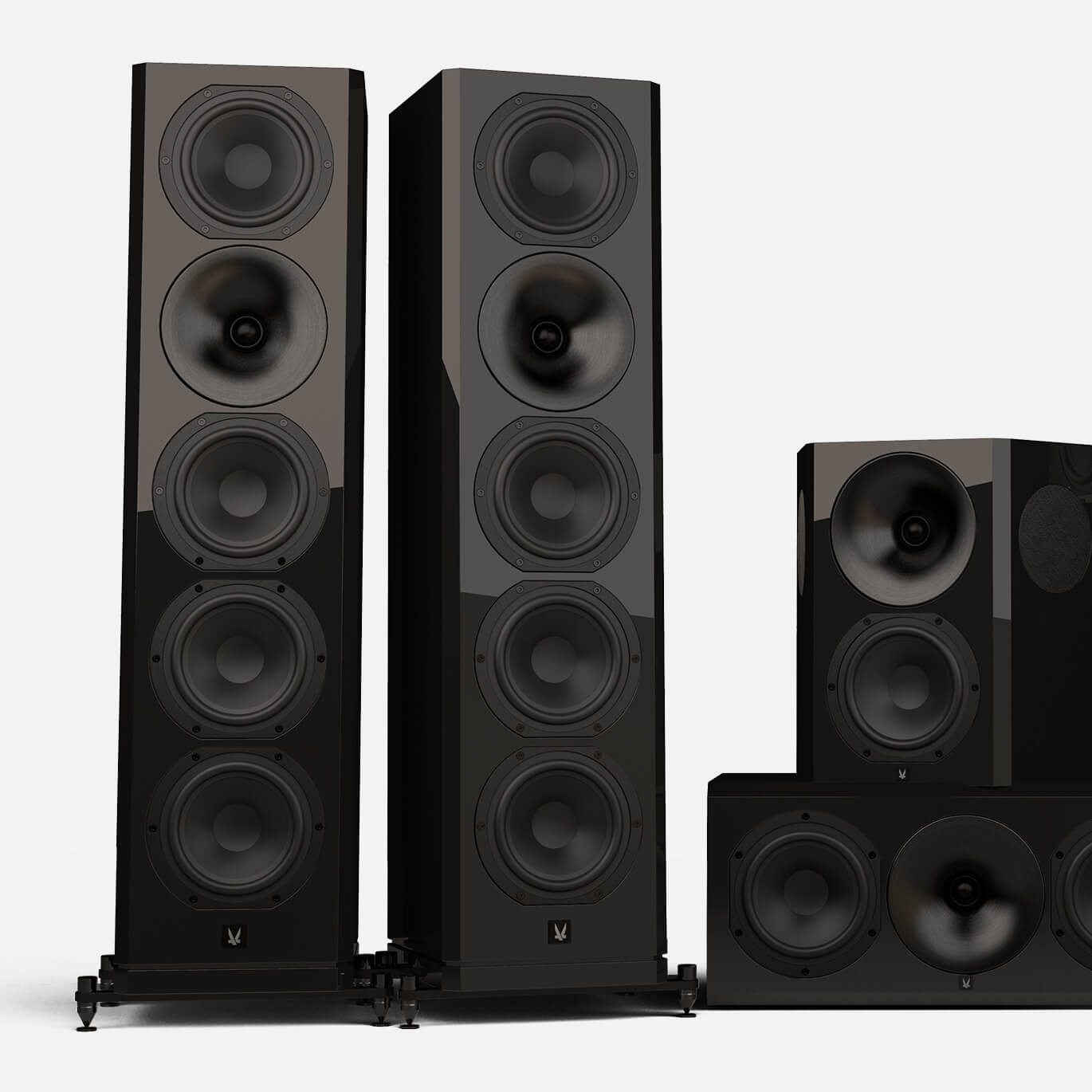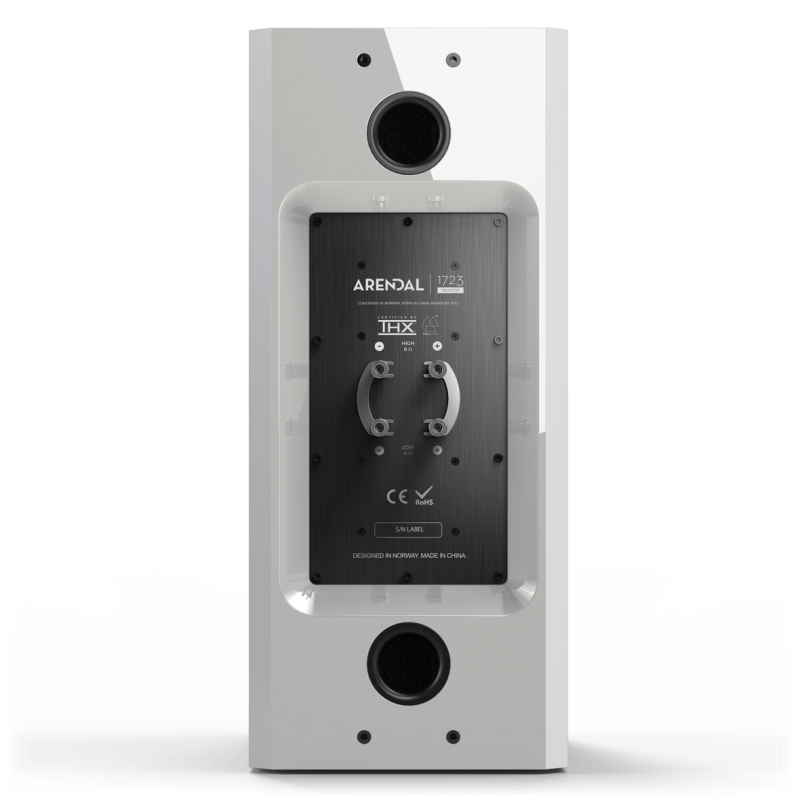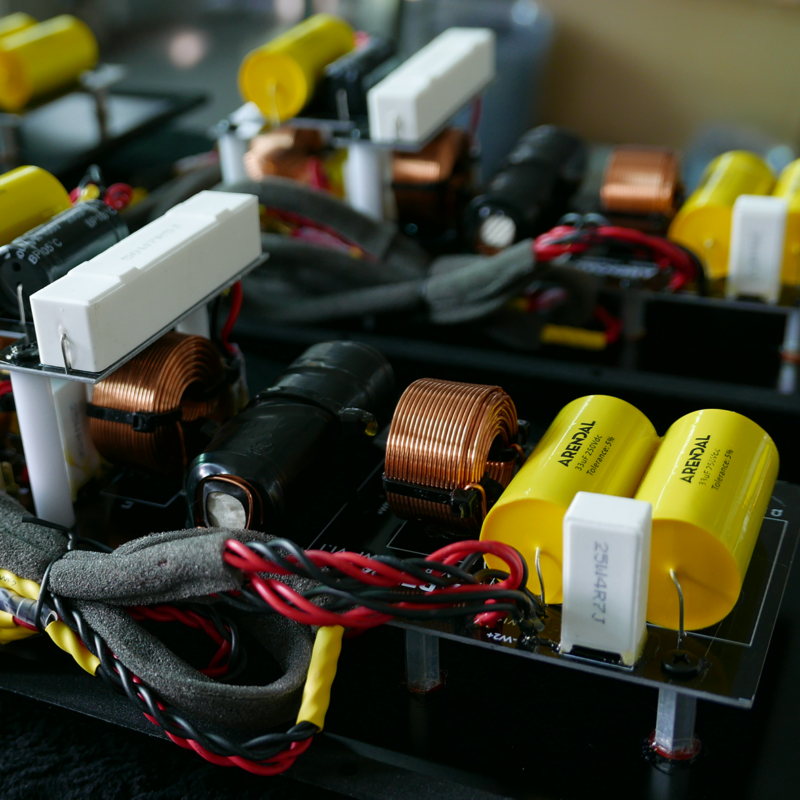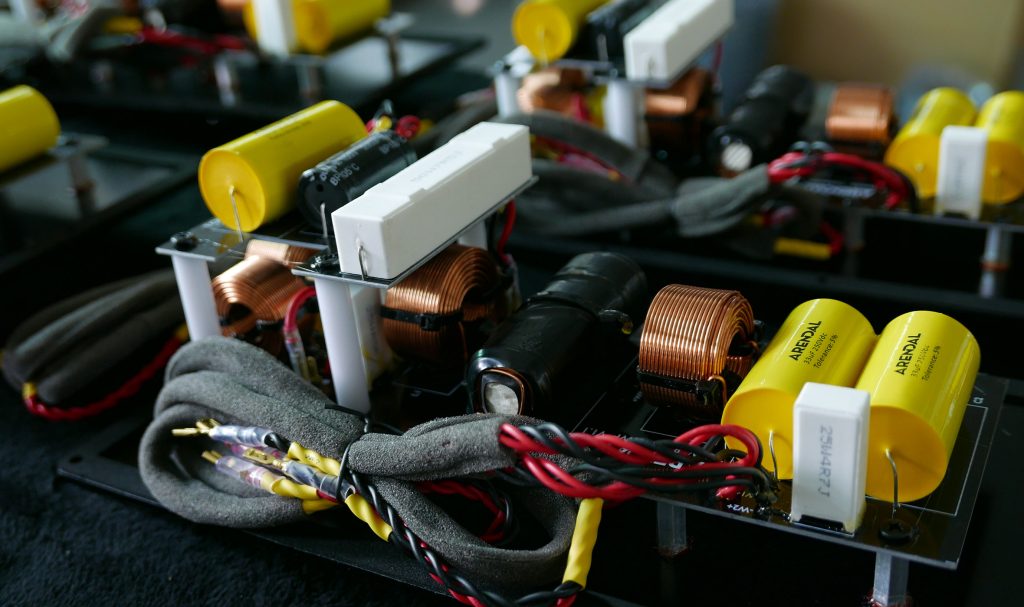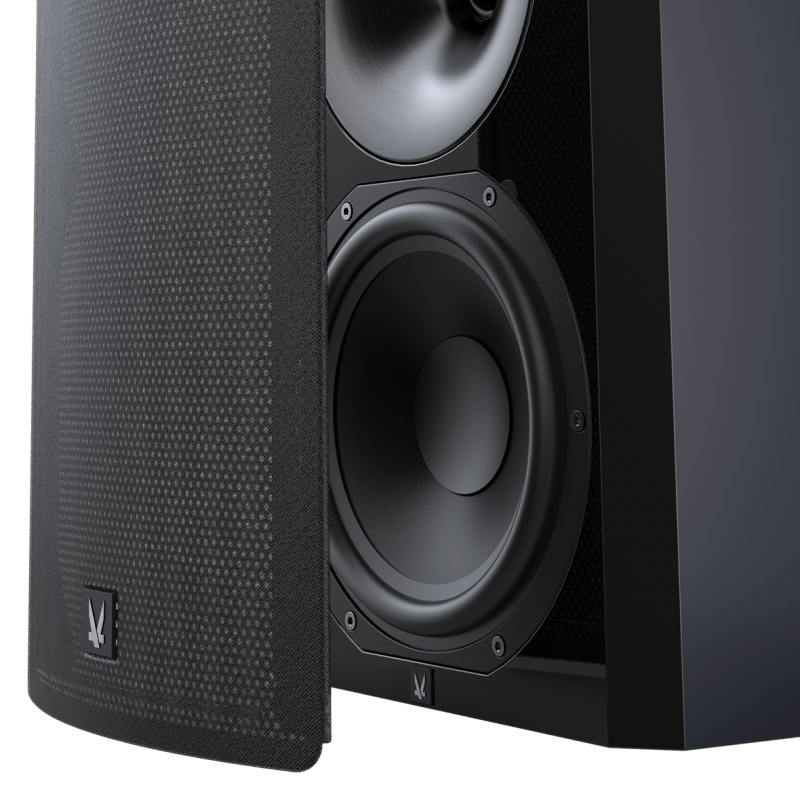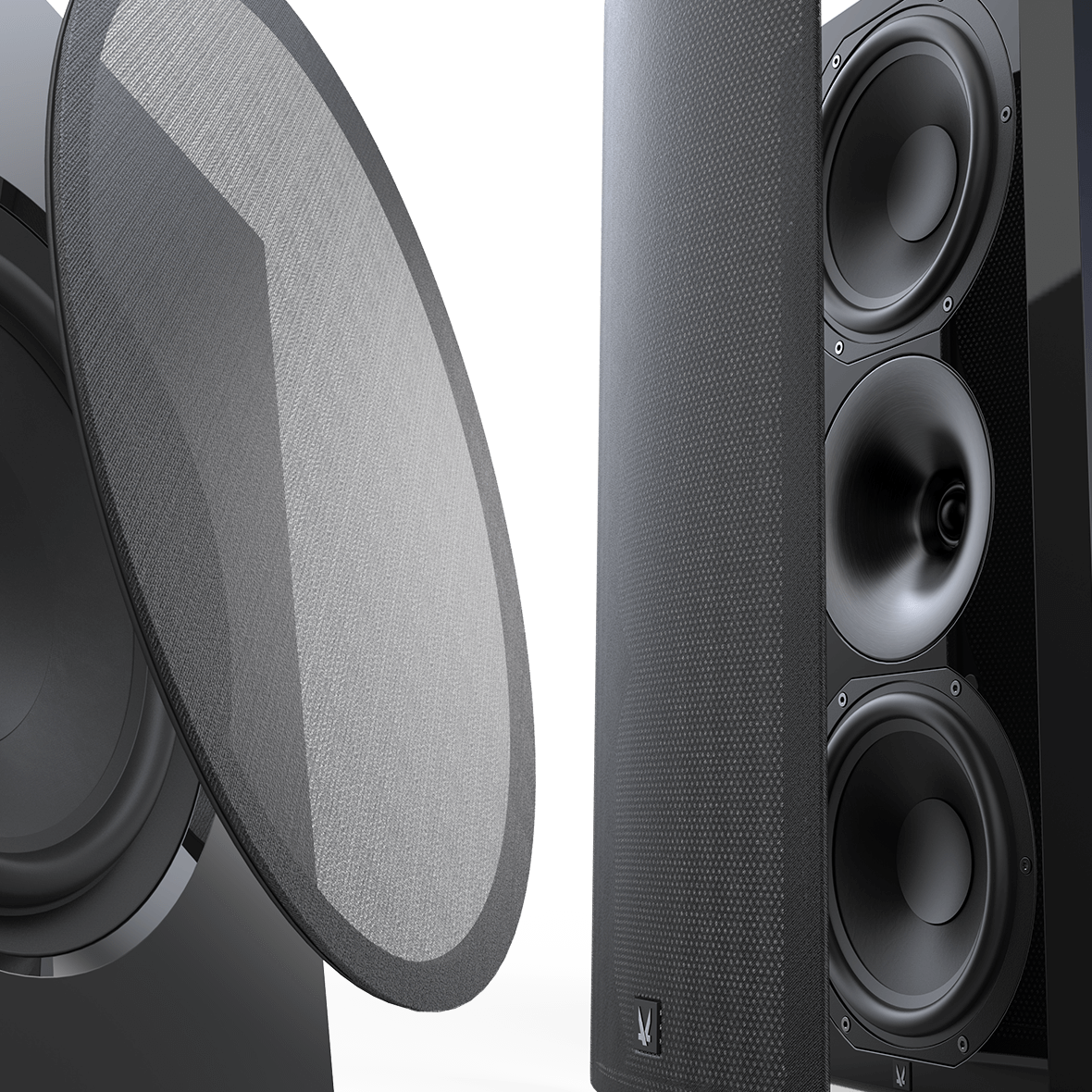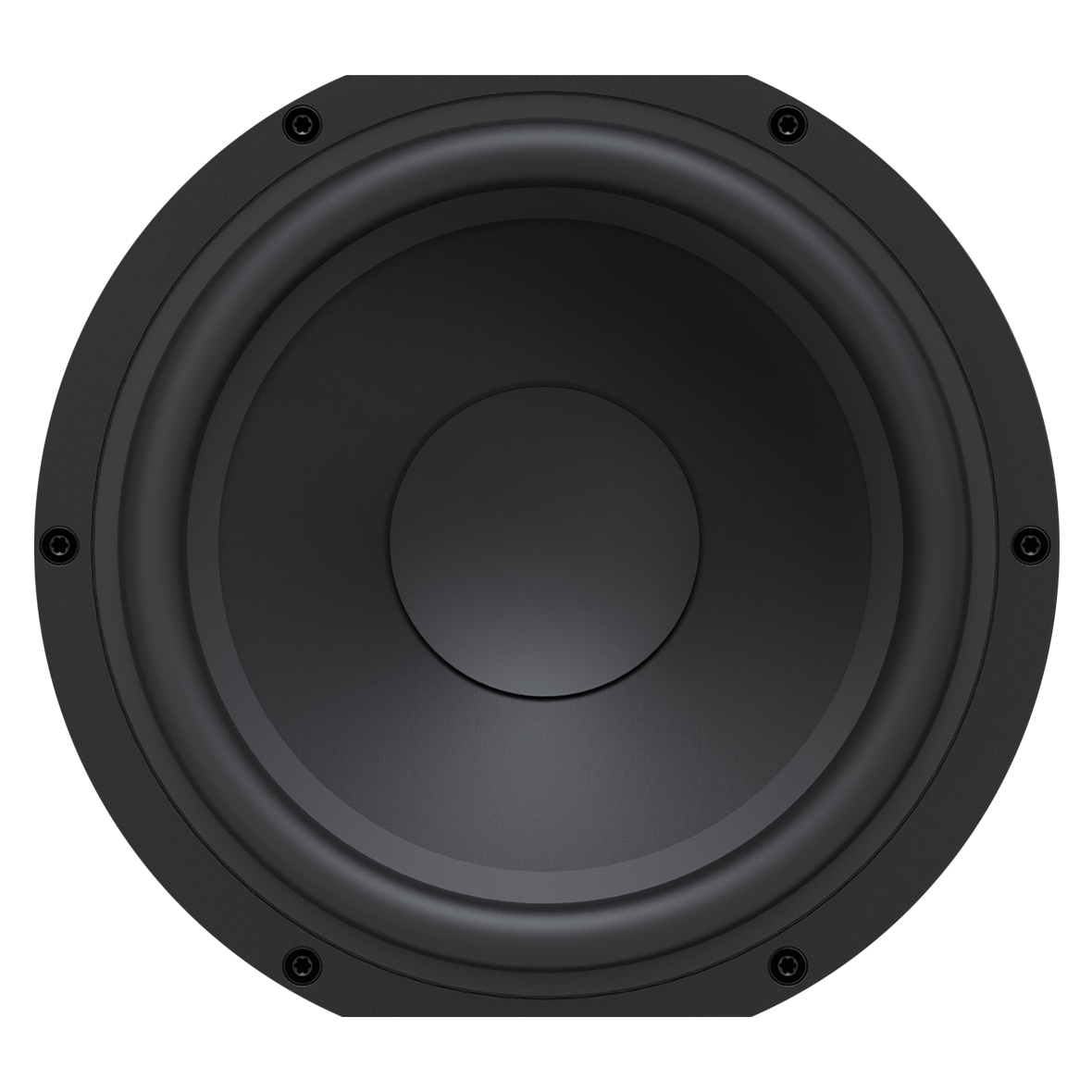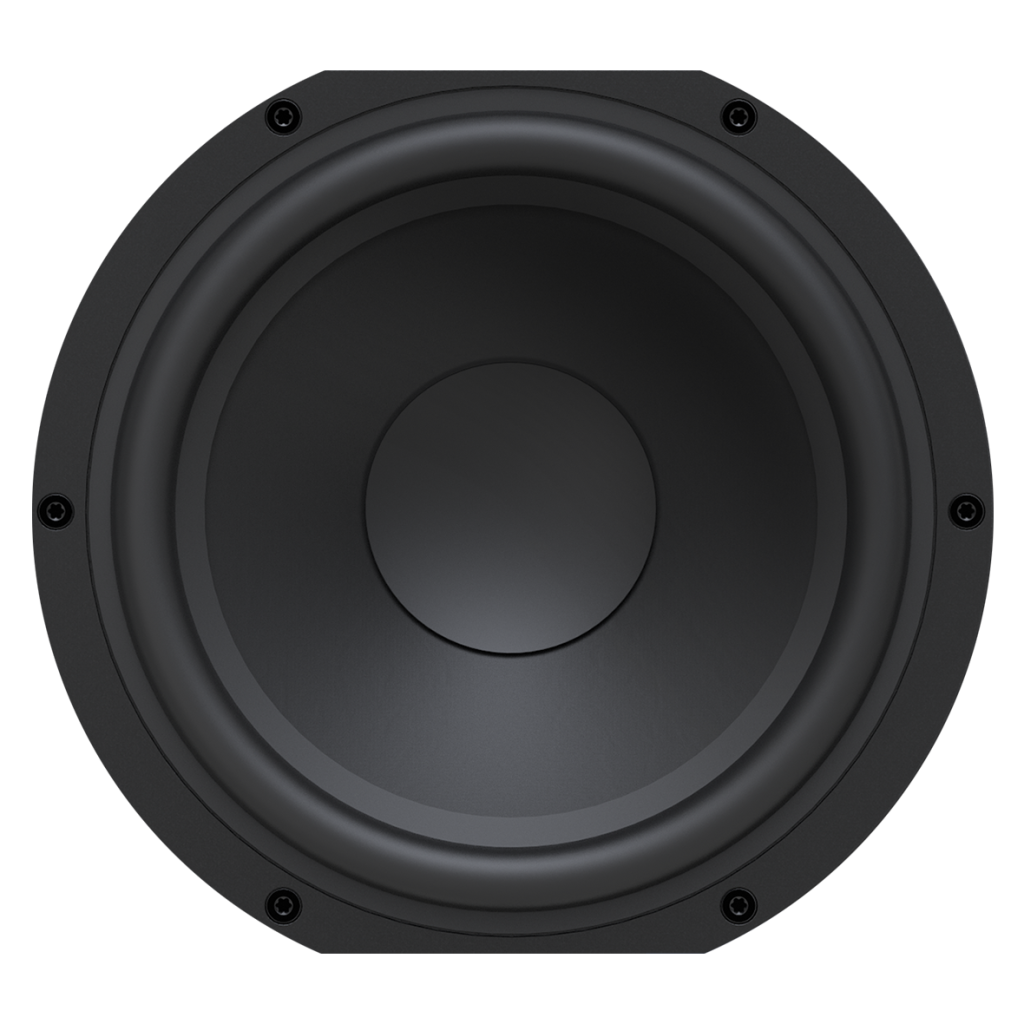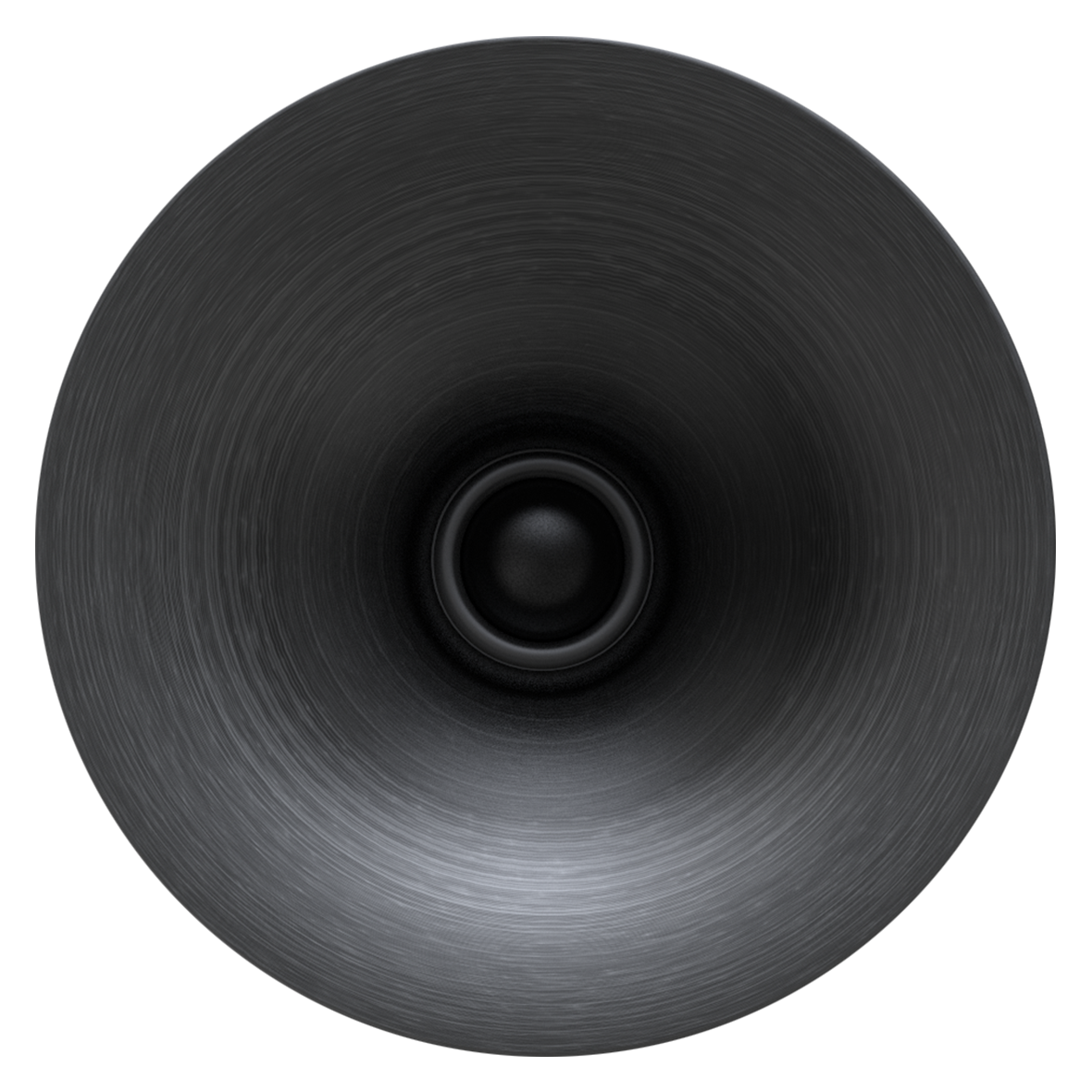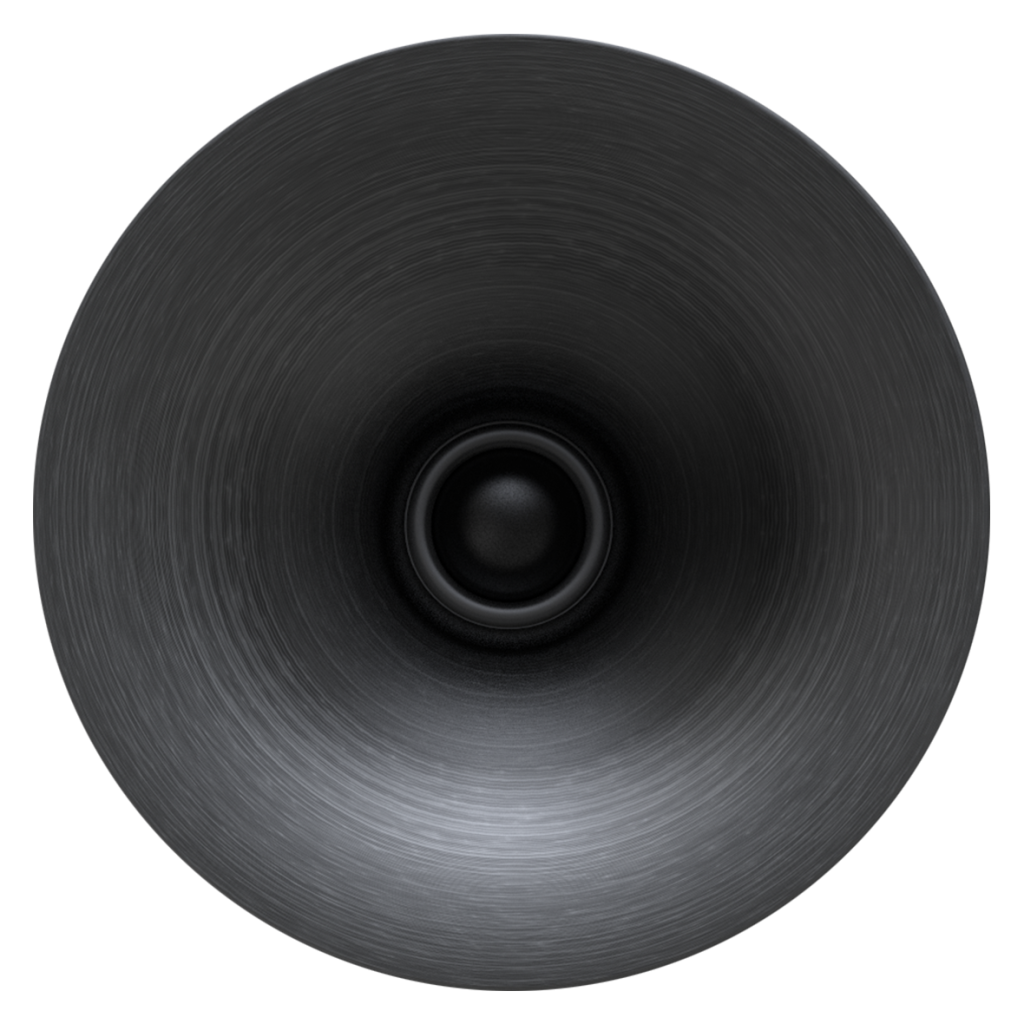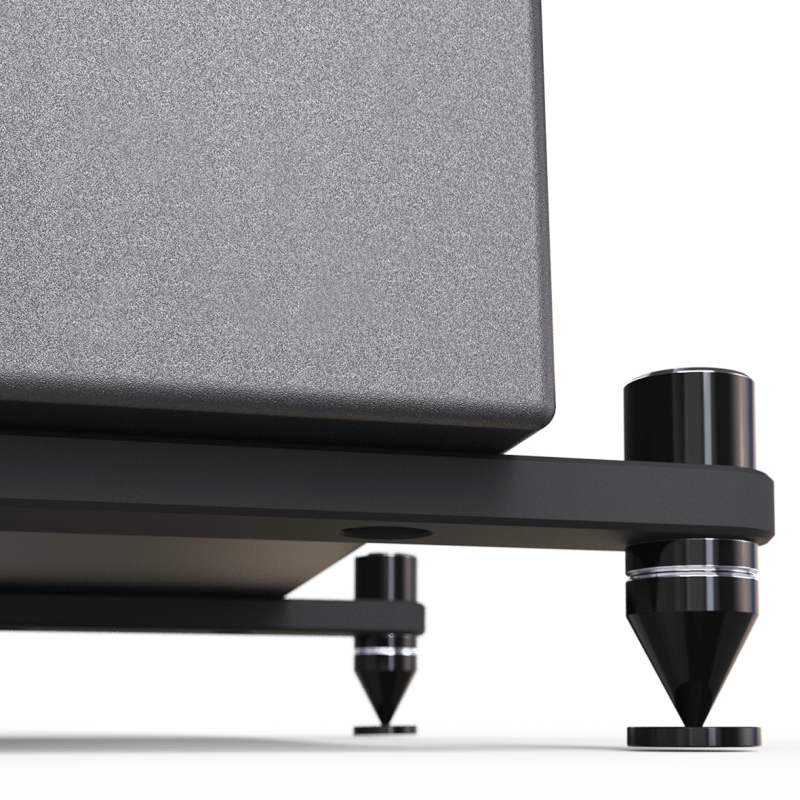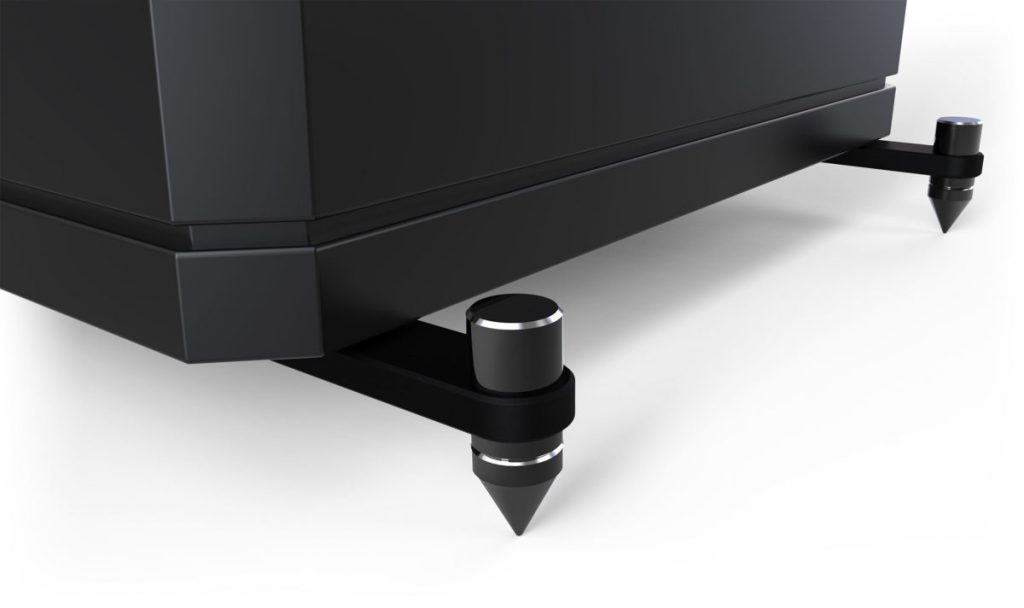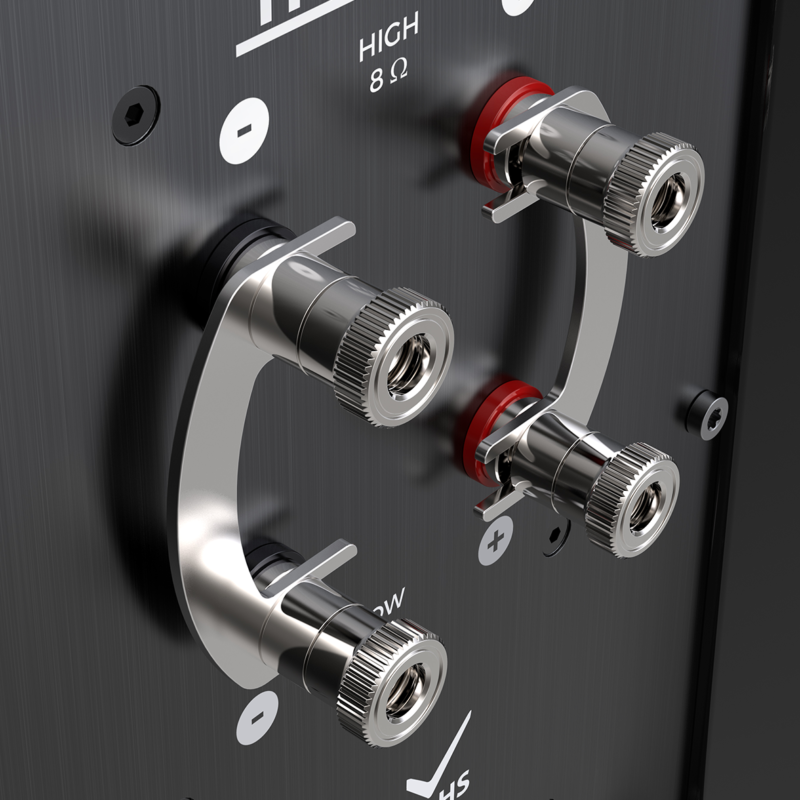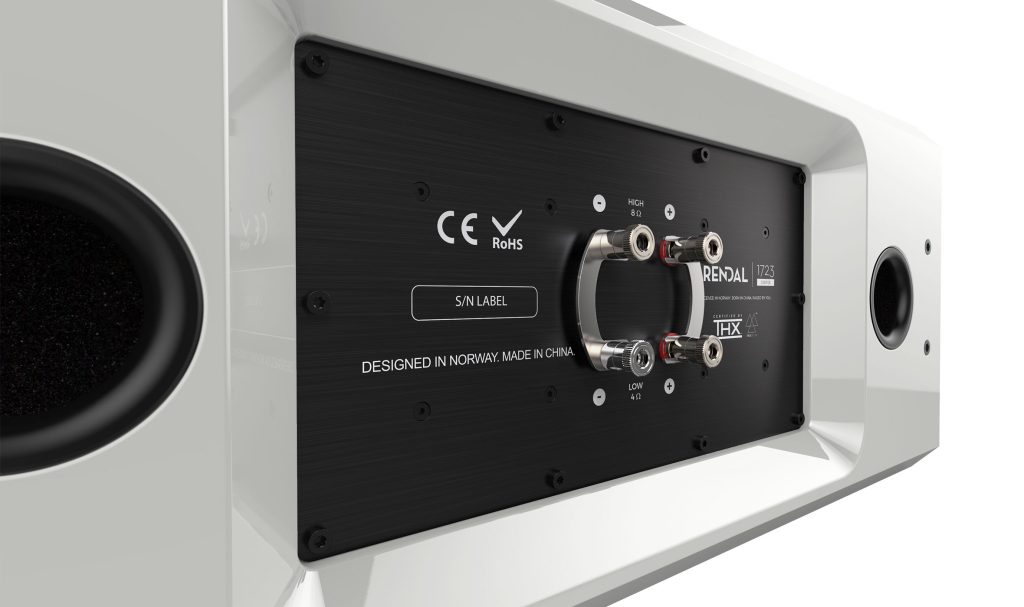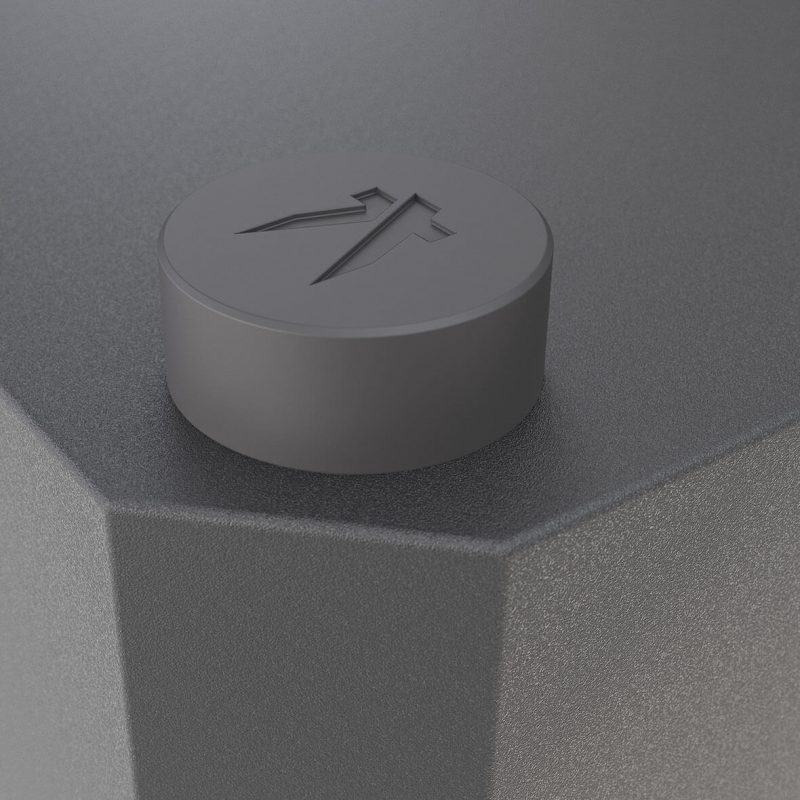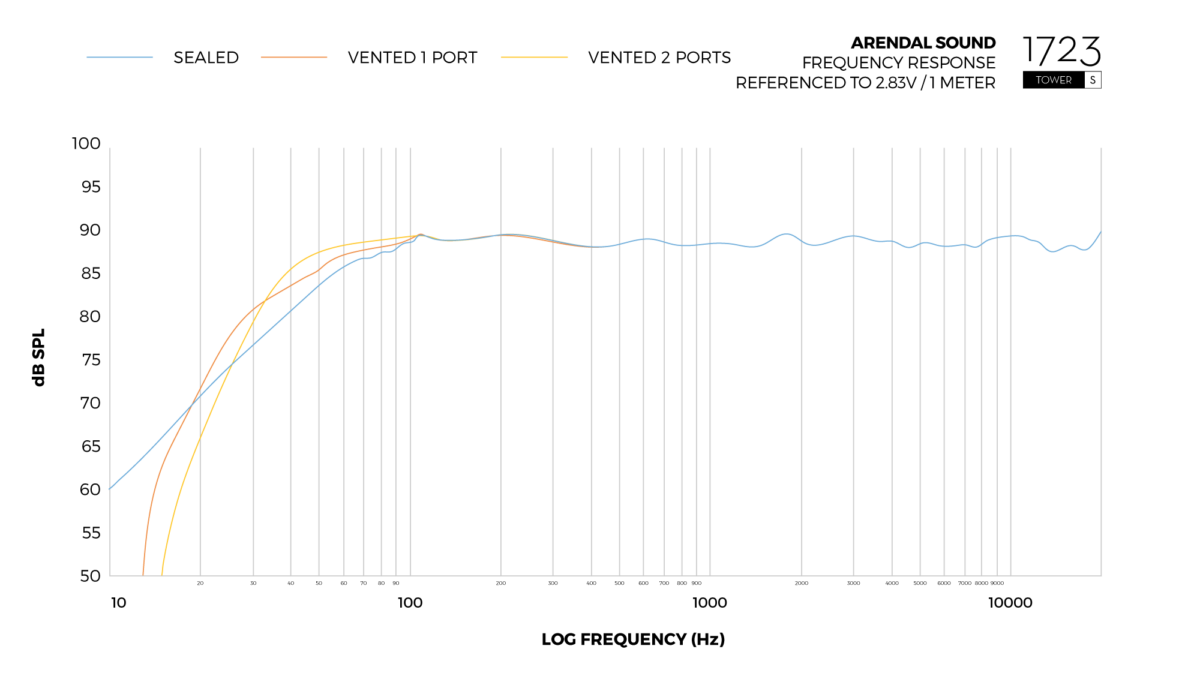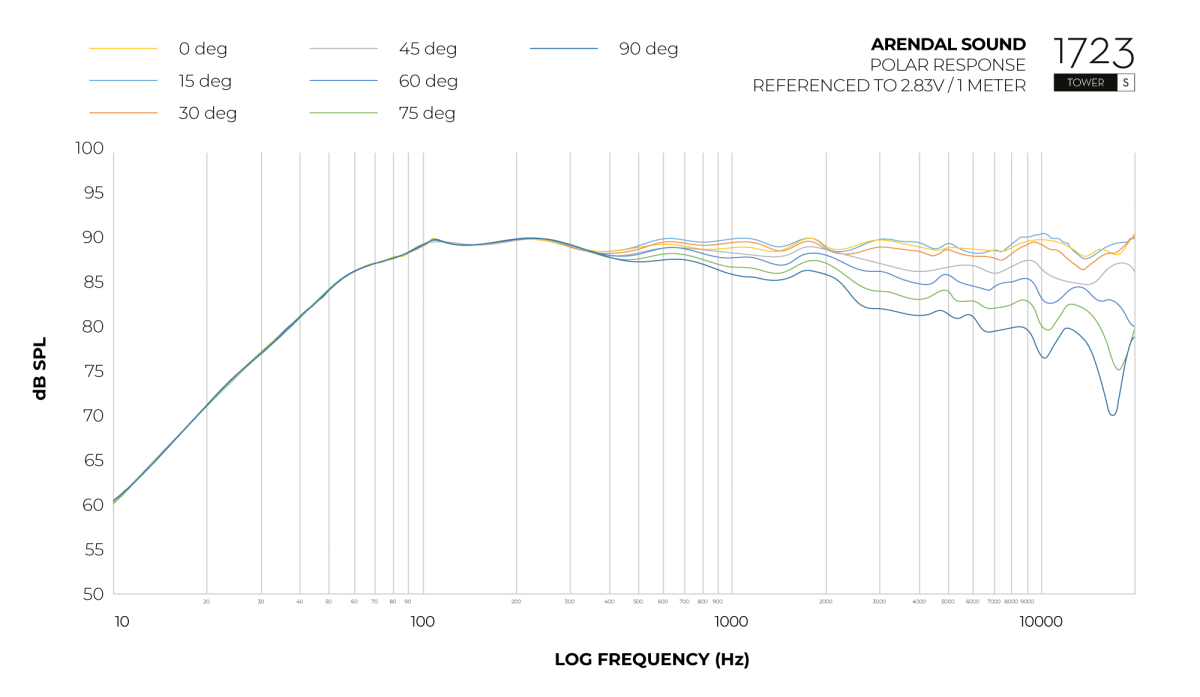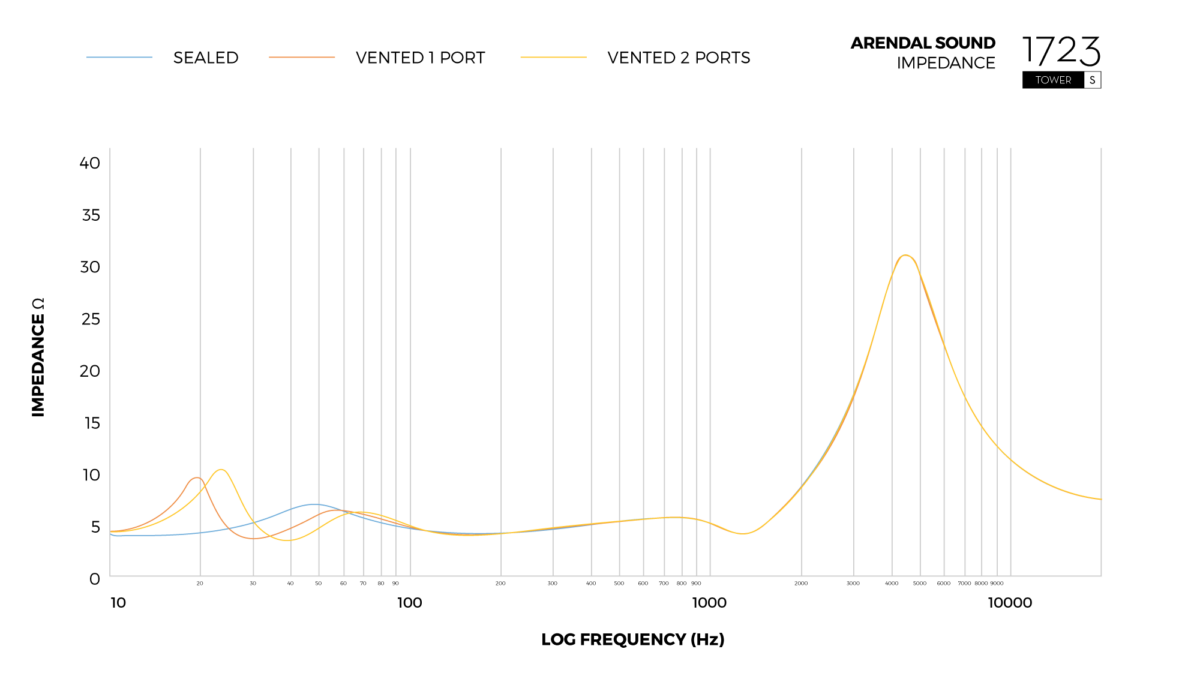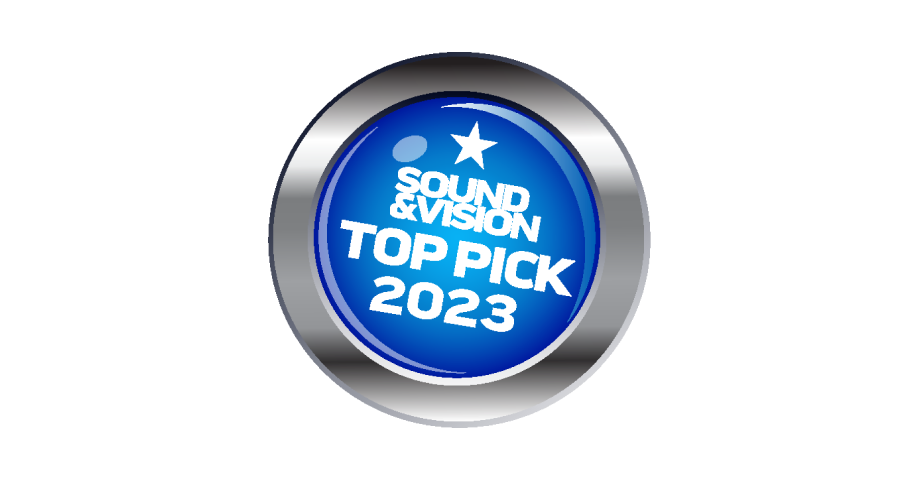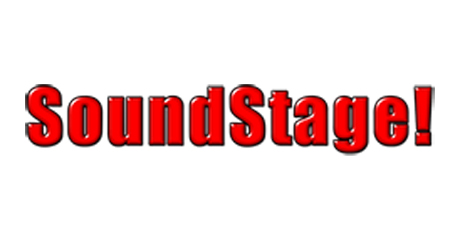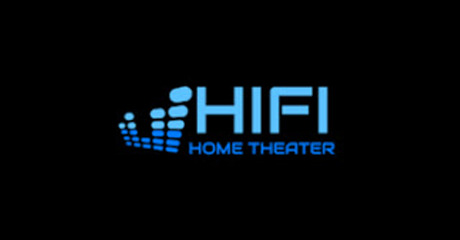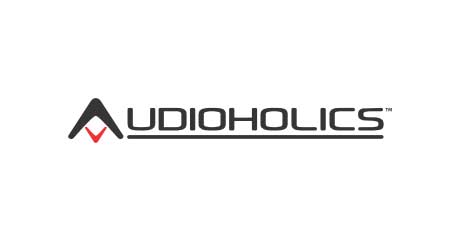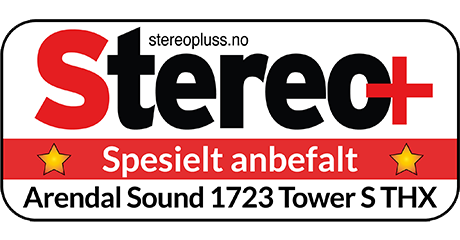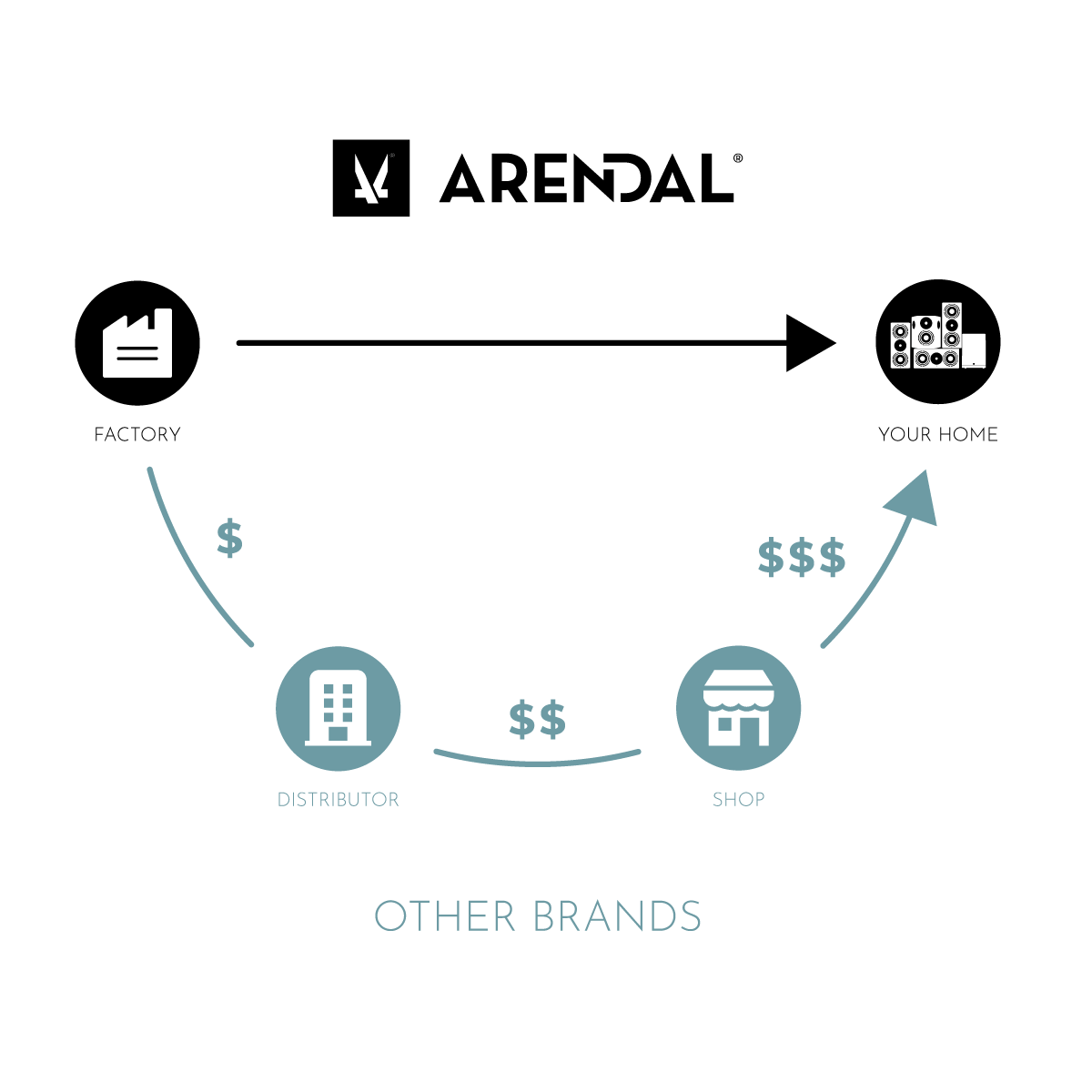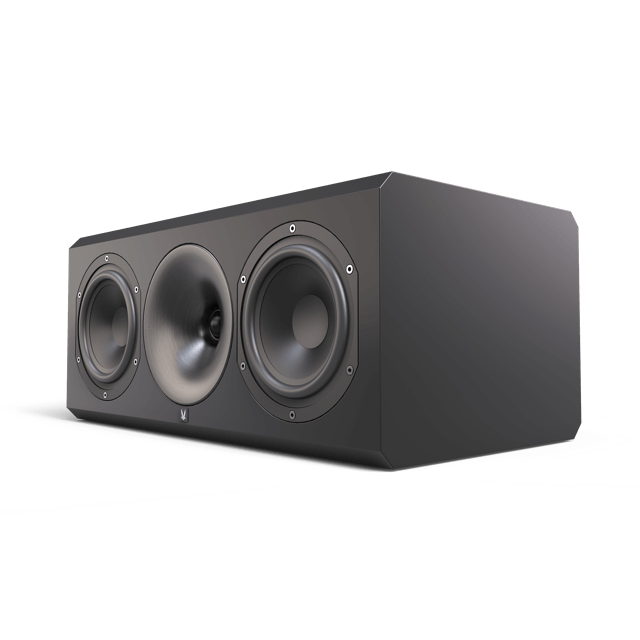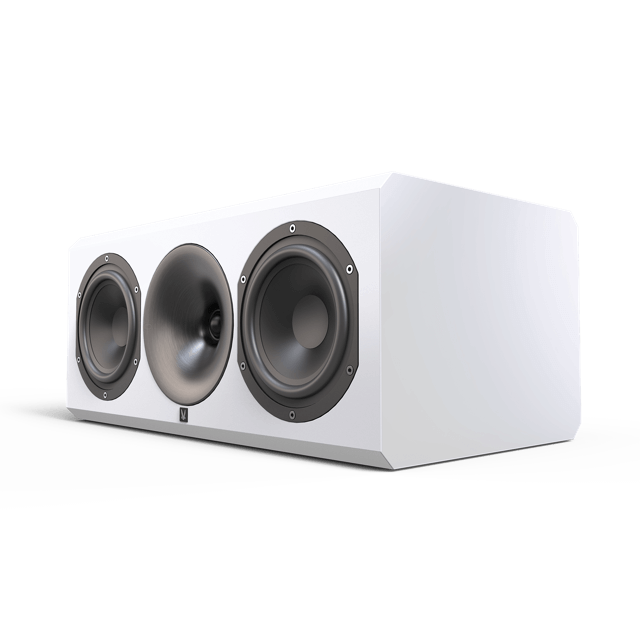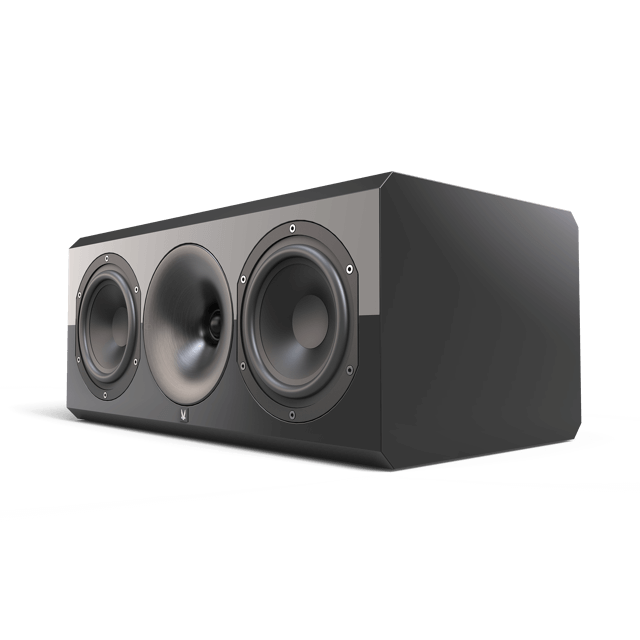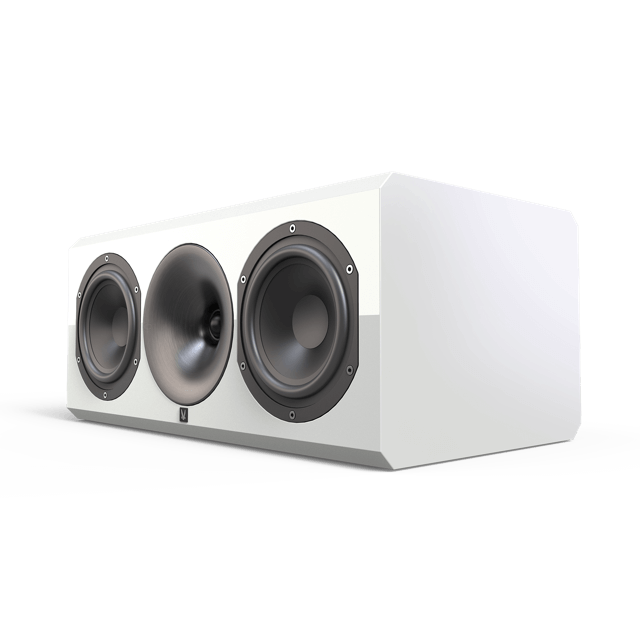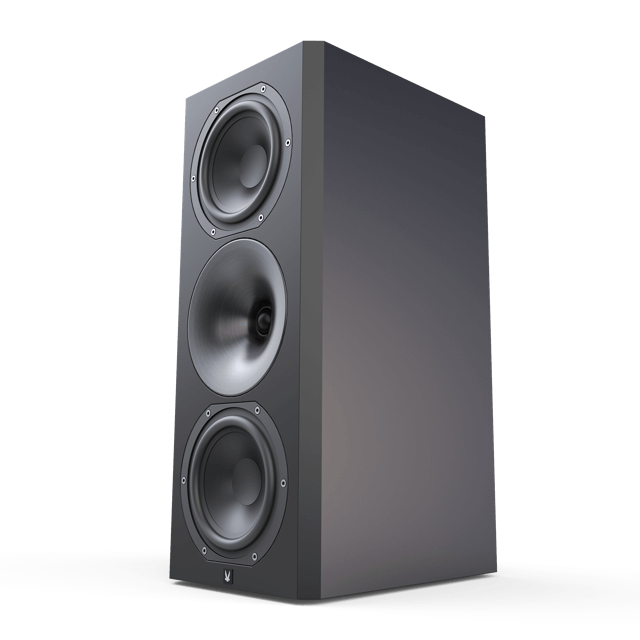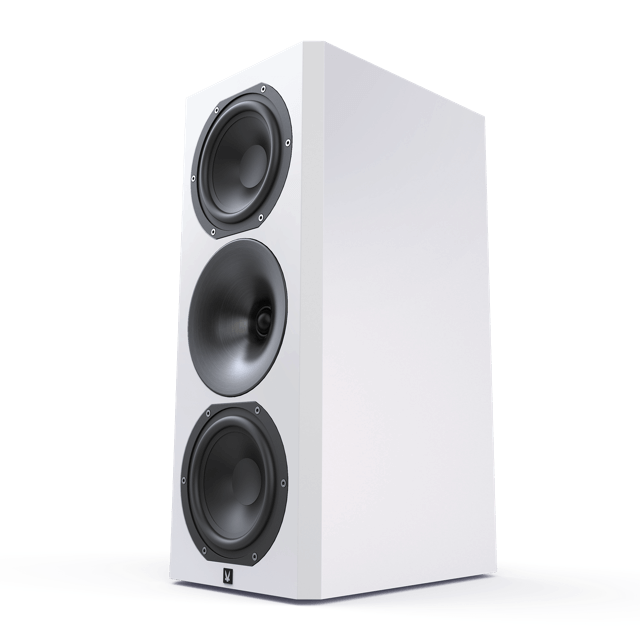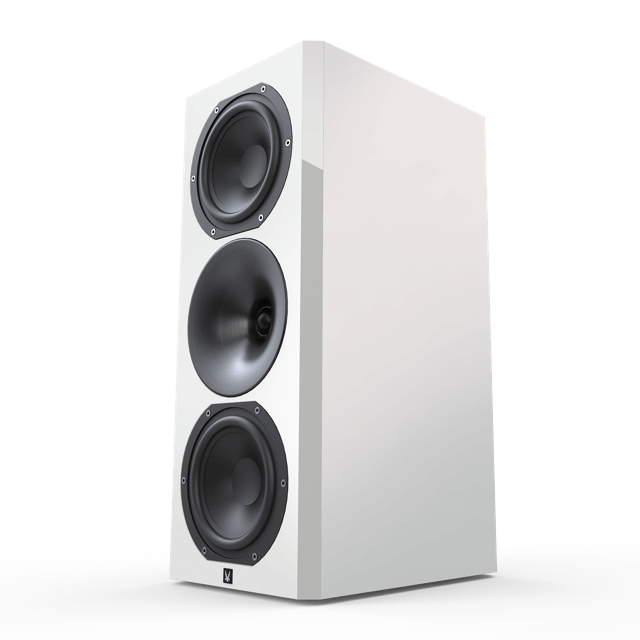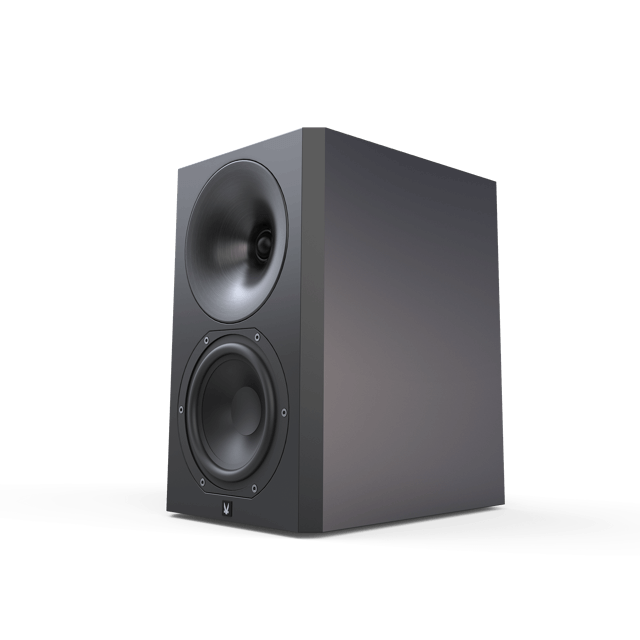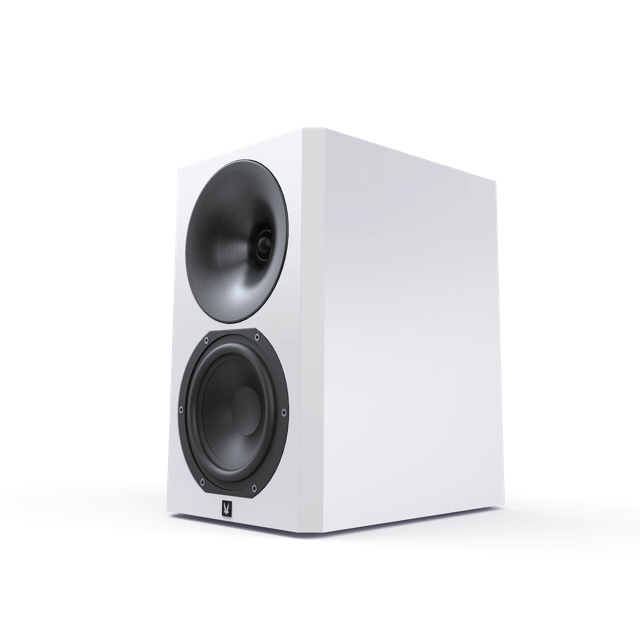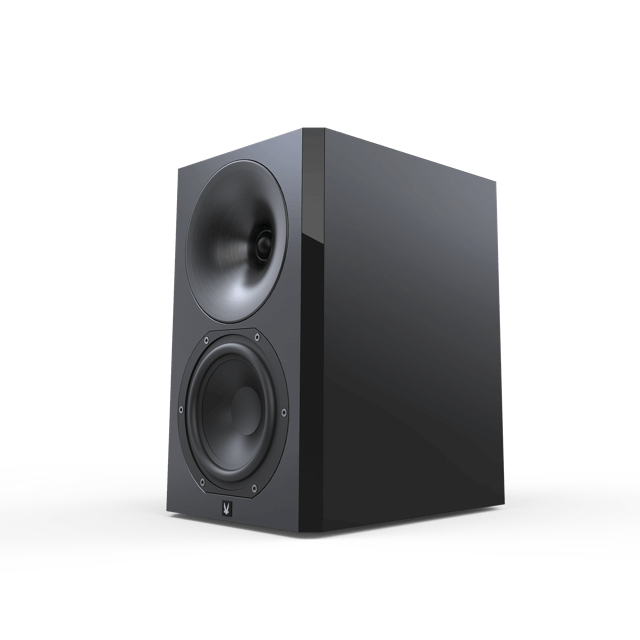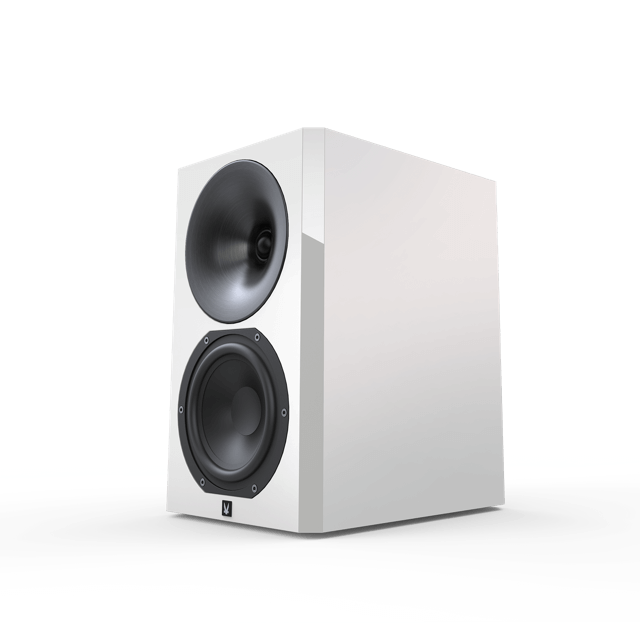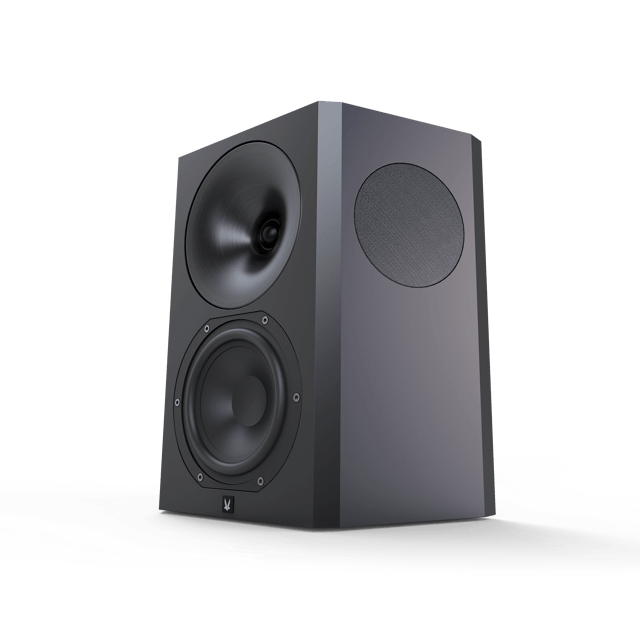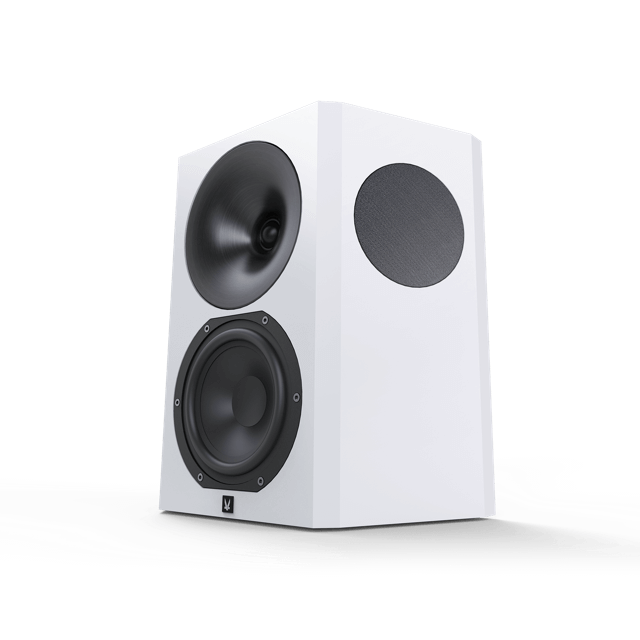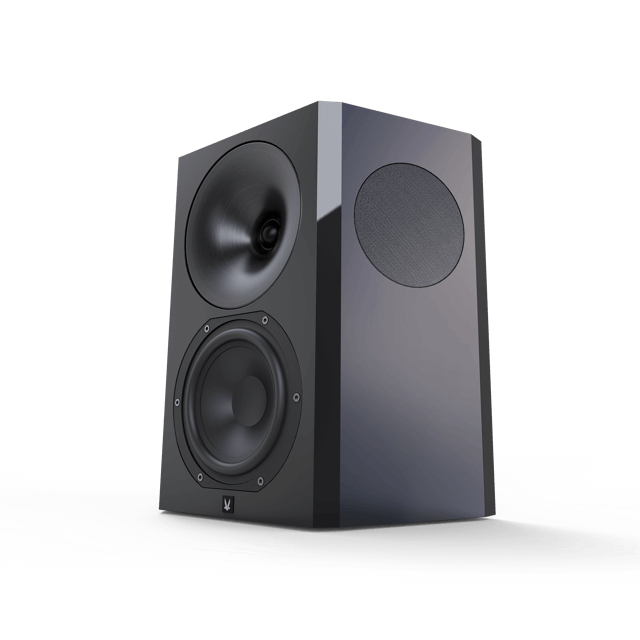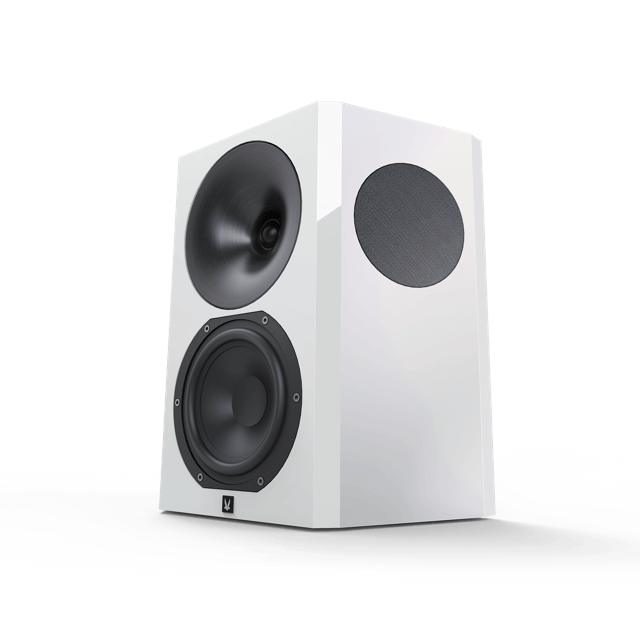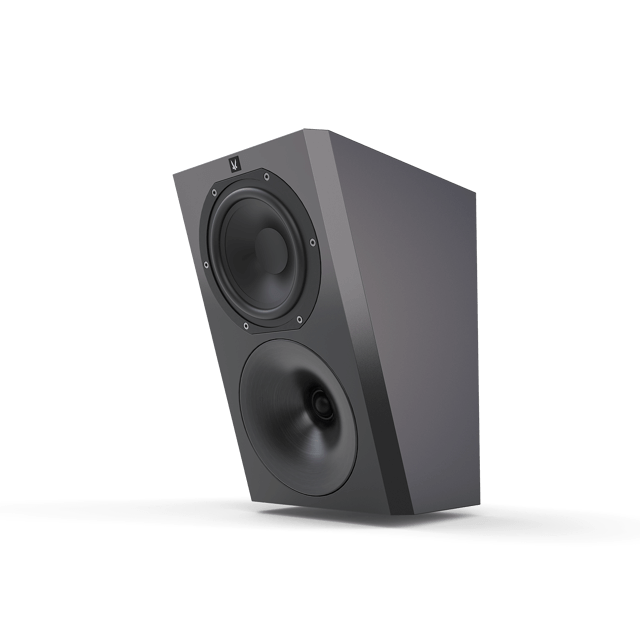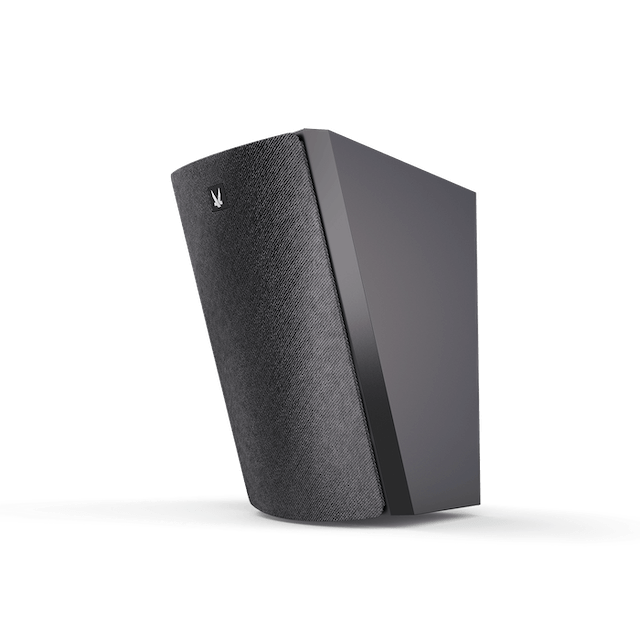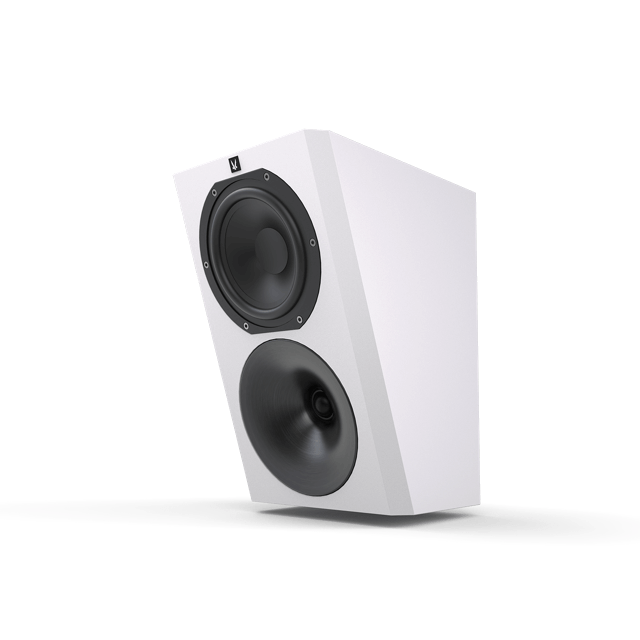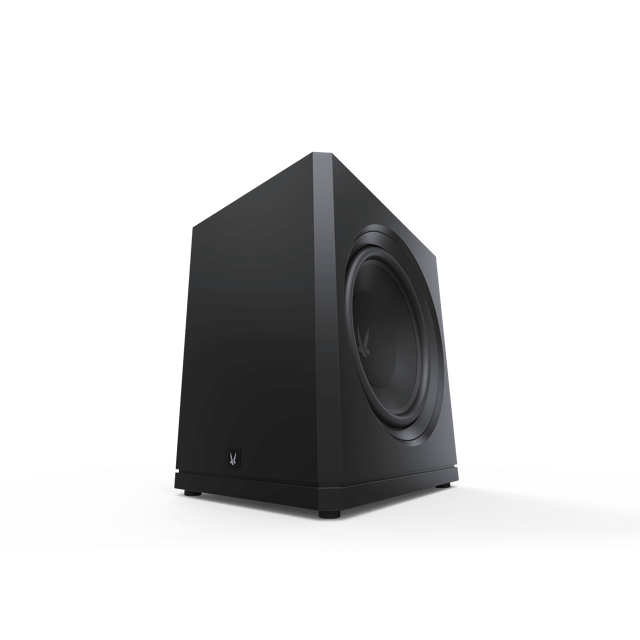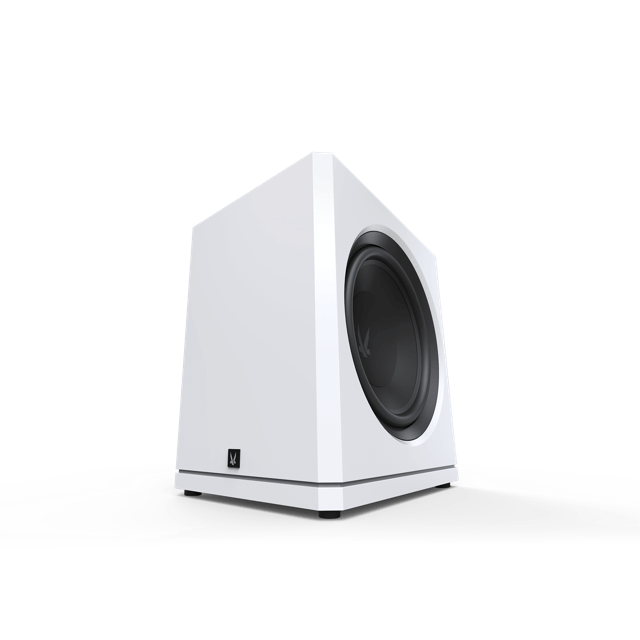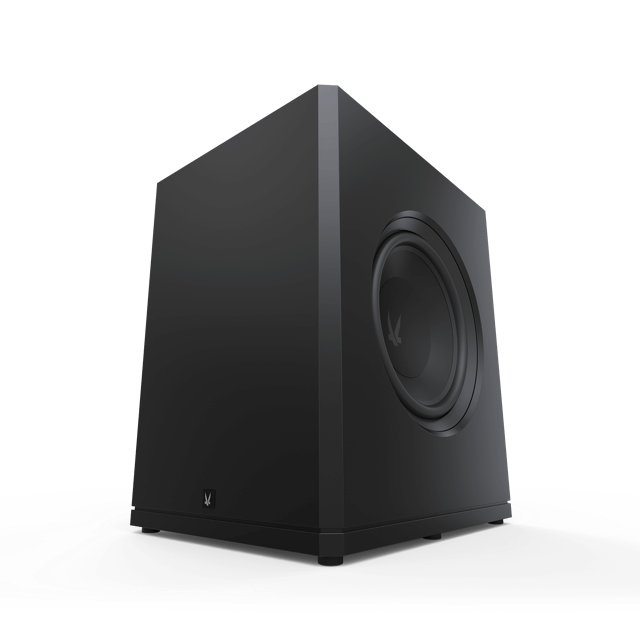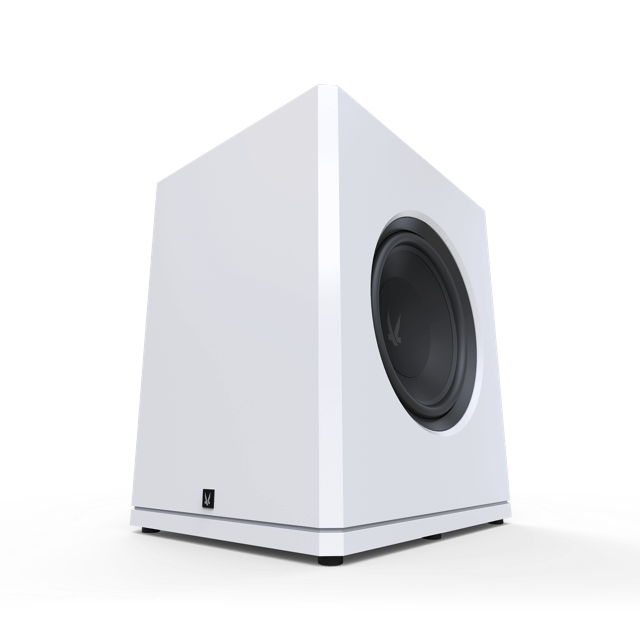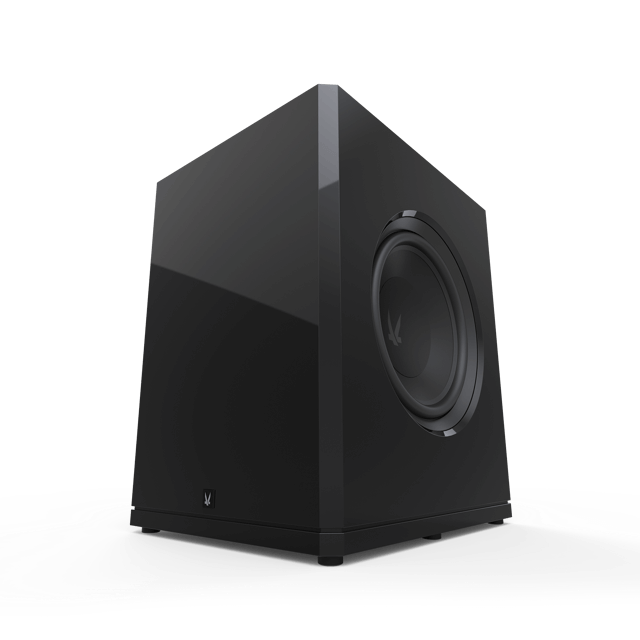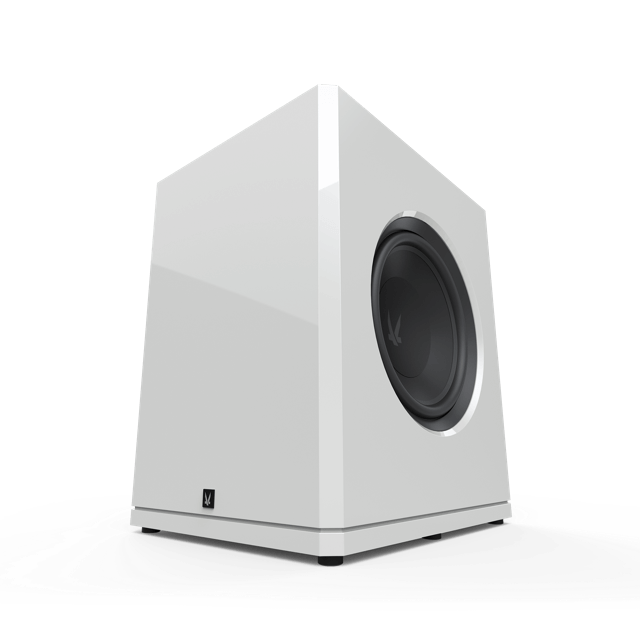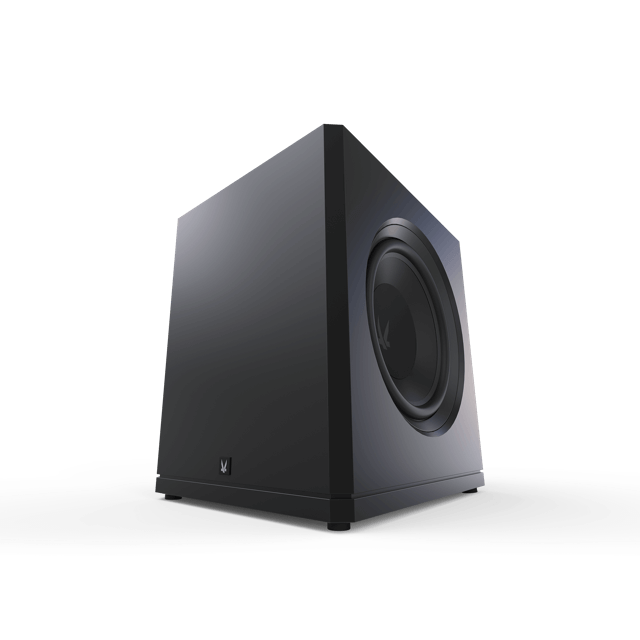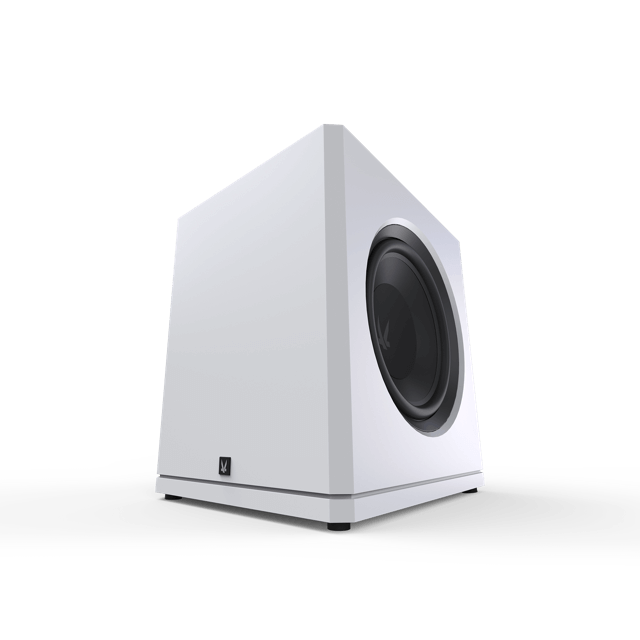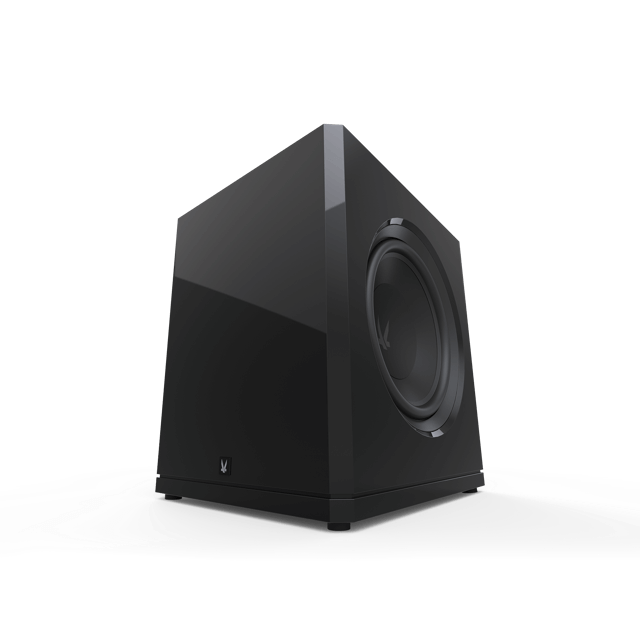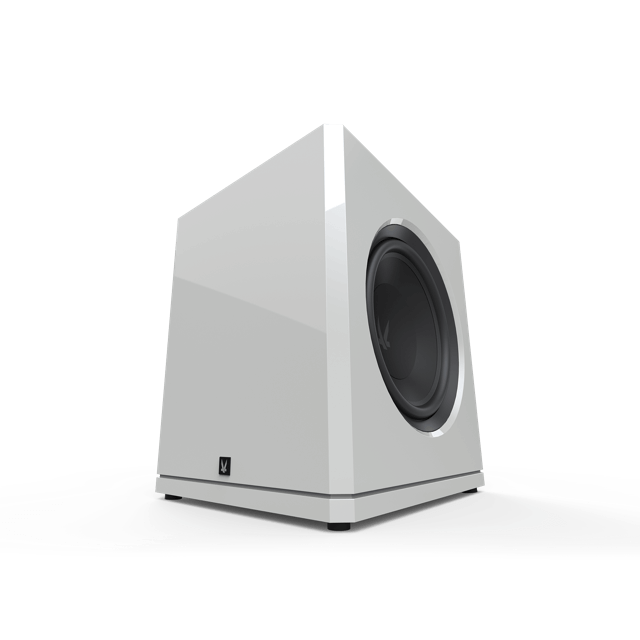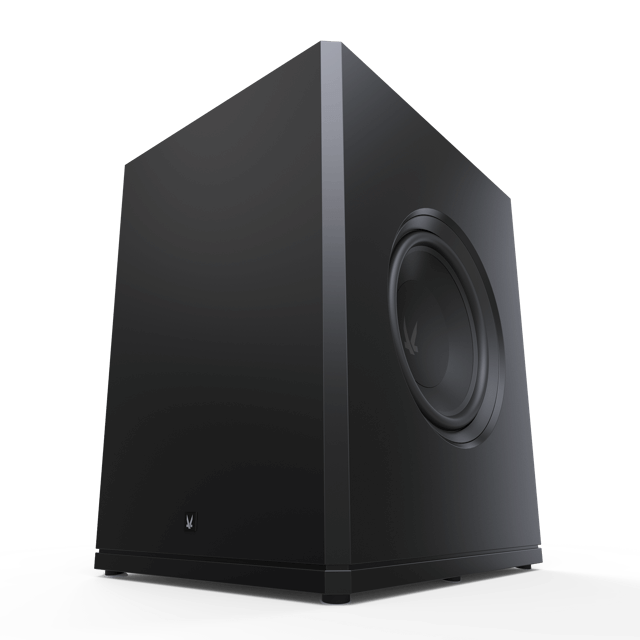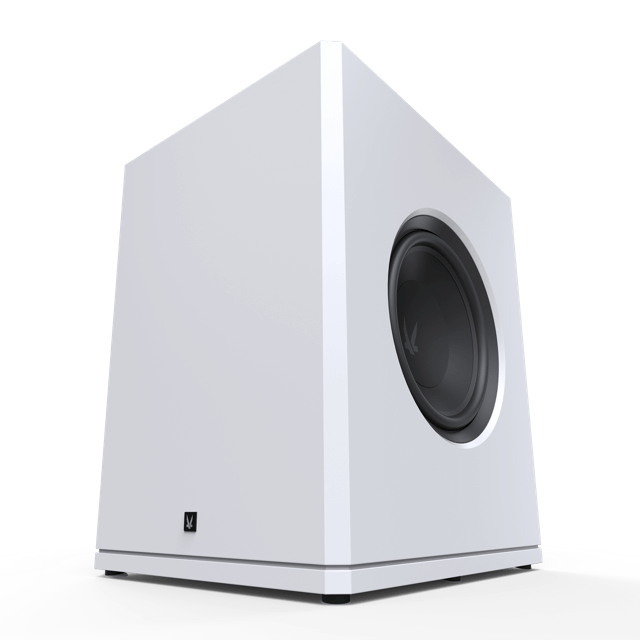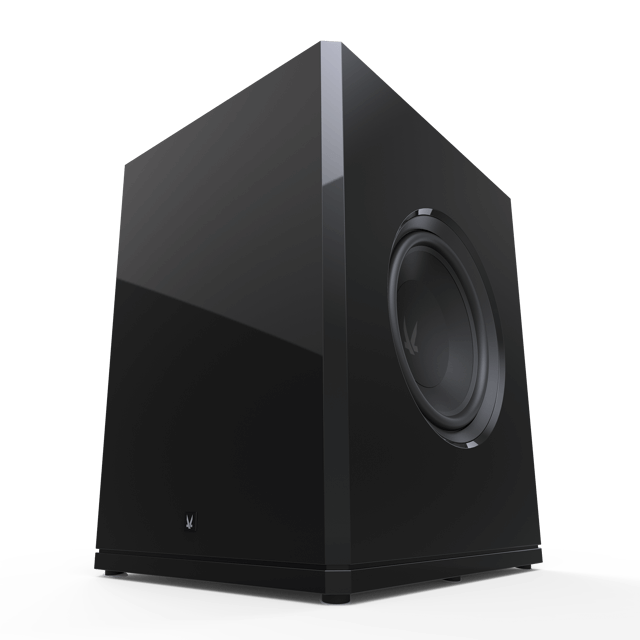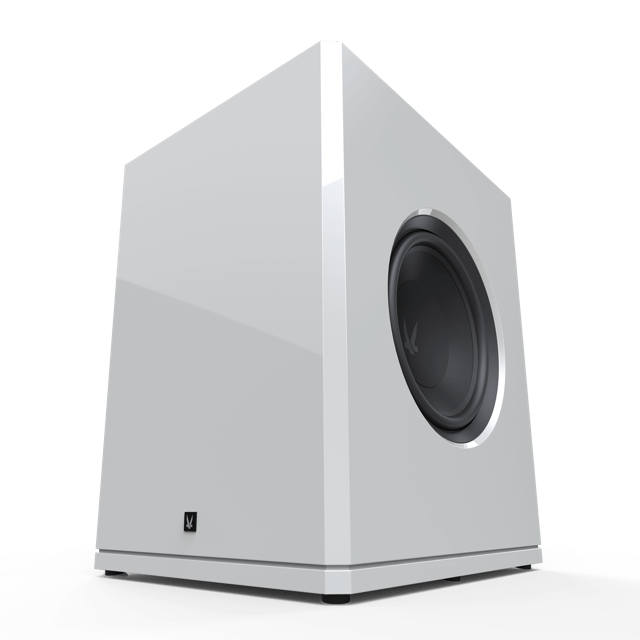The heart of all Arendal speakers, our Tweeter utilizes a 28mm synthetic soft dome with the custom-designed, matching waveguide. The soft dome itself is sourced from the high-end stable of Dr. Kurt Mueller. It is very lightweight, totally pistonic to ultra-high frequencies, optimally damped, produced to exceedingly tight tolerances, and specifically chosen for its sweet sound character and consistent frequency response.
The role of the waveguide is to take an already excellent tweeter and provide refinements to the tweeter’s performance. The size and shape, although appearing rather simple is in fact the result of painstaking modeling, testing, and refinement. In precisely controlling directivity across the tweeter’s frequency range, we are able to broaden top-end dispersion, which the tweeter naturally wants to beam straight ahead and focus frequencies at the bottom end of the tweeter’s range, which naturally wants to spread out in all directions. This provides a more consistent polar response across the tweeter’s entire range and provided a close match to the dispersion pattern of the mid-bass driver it works with, simplifying the crossover design.
HIGH EFFICIENCY, HIGH POWER MOTOR
The motor of this tweeter is a Tour de Force. All components are bespoke designs for Arendal Sound, extensively FEA optimized. The result is a very wide bandwidth, high efficiency, low distortion tweeter capable of being crossed over at very low 1500Hz, even at very high powers. This is truly a rare combination of such low crossover point, high output capability, and clean sound.
• Large, high-grade neodymium ring magnet
• High temp polyimide CCAW wire
• Underhung voice coil design
• Copper and aluminum shorting rings
• Ultra-low viscosity Ferrofluid contributes to voice coil cooling and ensures the best possible transient response
• Large aluminum heatsink/shorting ring lowers distortion and prevents thermal compression.
HYBRID ALUMINUM & HDF WAVEGUIDE ASSEMBLY
The final piece to Arendal’s tweeter performance is mating the dome with the custom-matched, proprietary waveguide, entirely optimized in-house. The waveguide serves several purposes, augmenting tweeter performance to a level that no flat baffle mounted single dome solution could reproduce:
• Increased efficiency by controlling lower frequency dispersion – Typically a 6dB gain
• Very low distortion due to increase in bottom end efficiency
• Precise Polar Response control (sometimes referred to as directivity response control)
• Low crossover frequency (approx. 1 octave lower than without the waveguide)
• Excellent directivity transition from mid/woofer to tweeter
AIR FLOW VENTING
The air chambers, venting and damping materials found behind the dome and surround are optimized to create a very well controlled impedance, void of secondary resonance spikes that typically result in electrical phase shifts that present an awkward load for amplifiers and further smear the sound, adding a harsh character.



